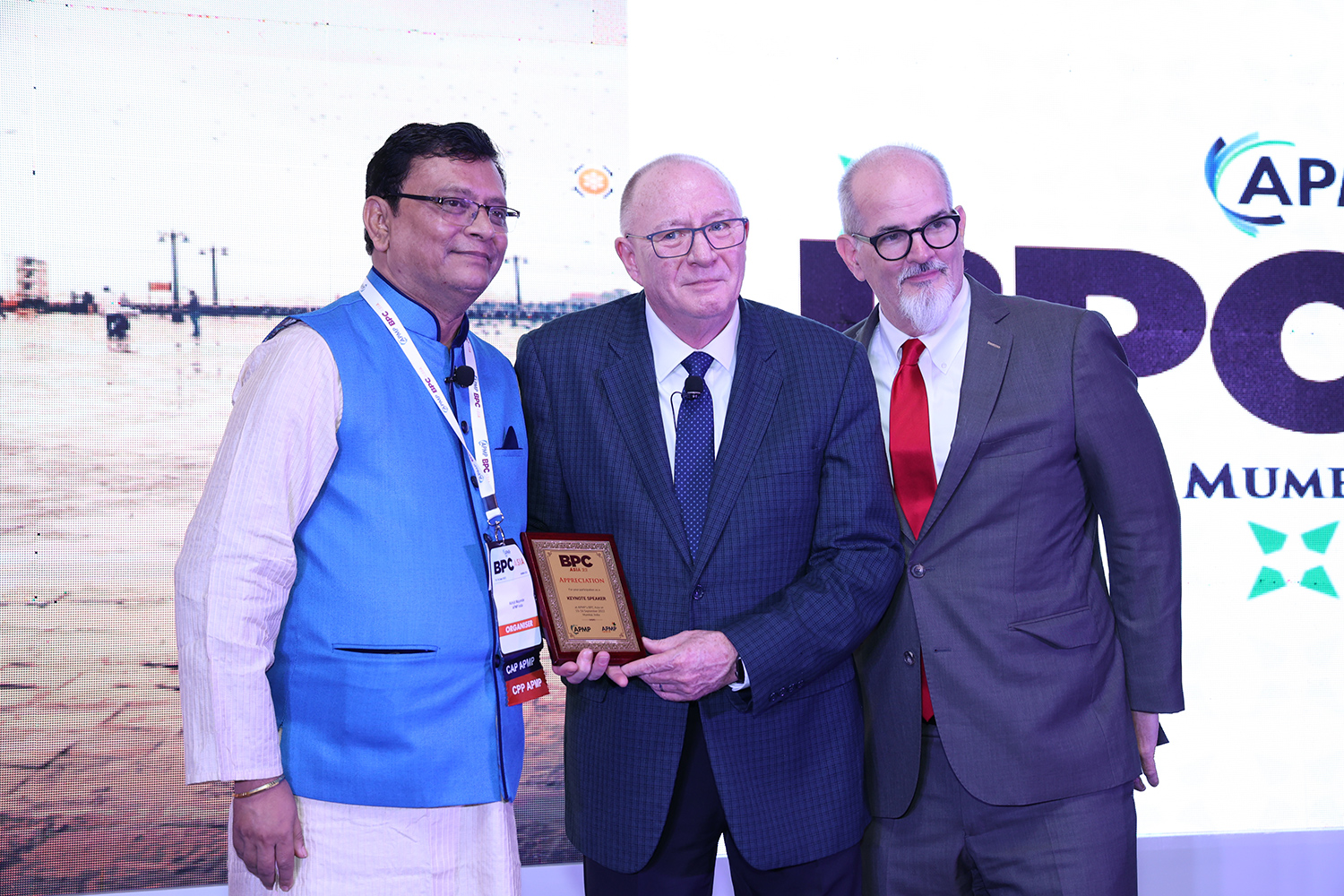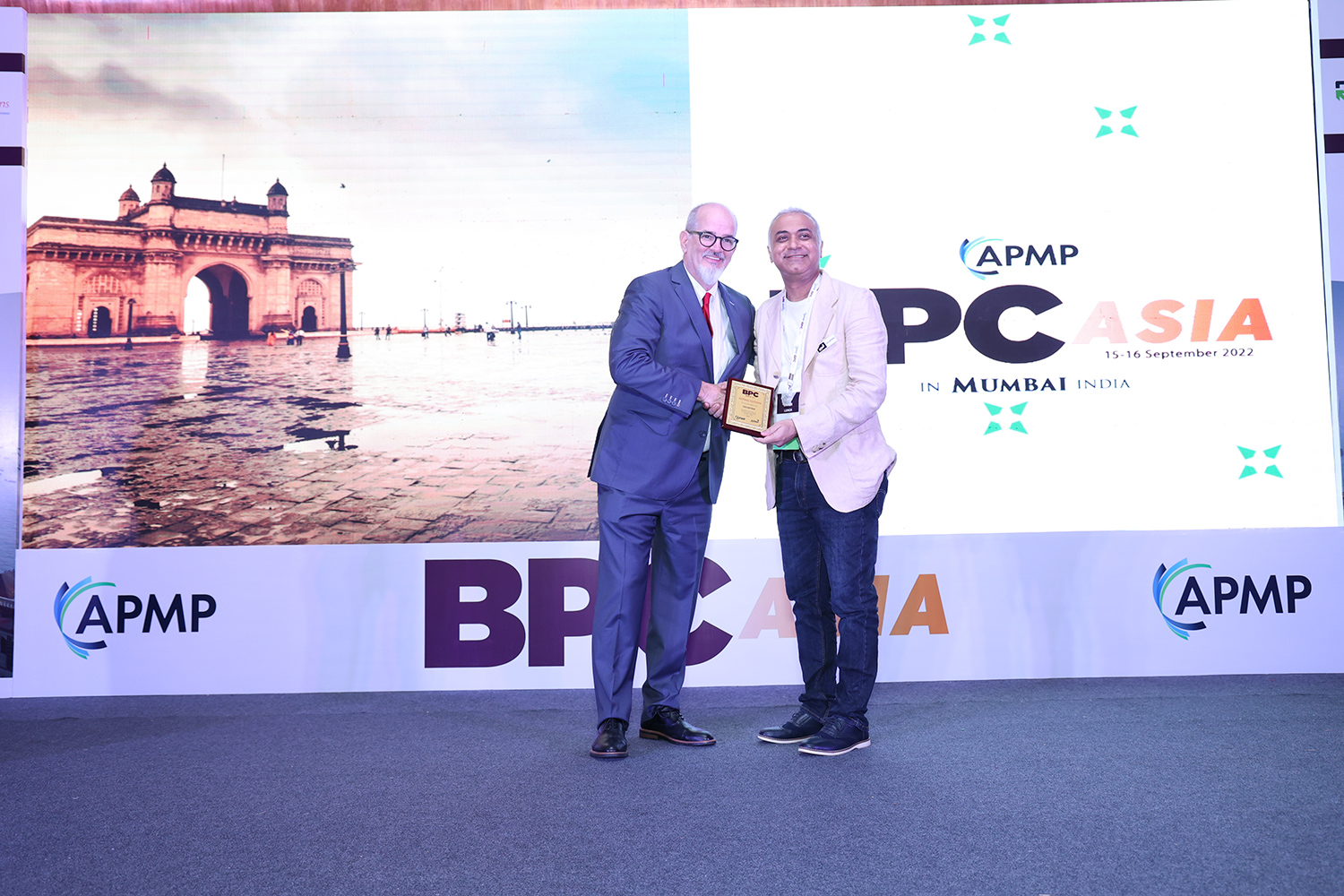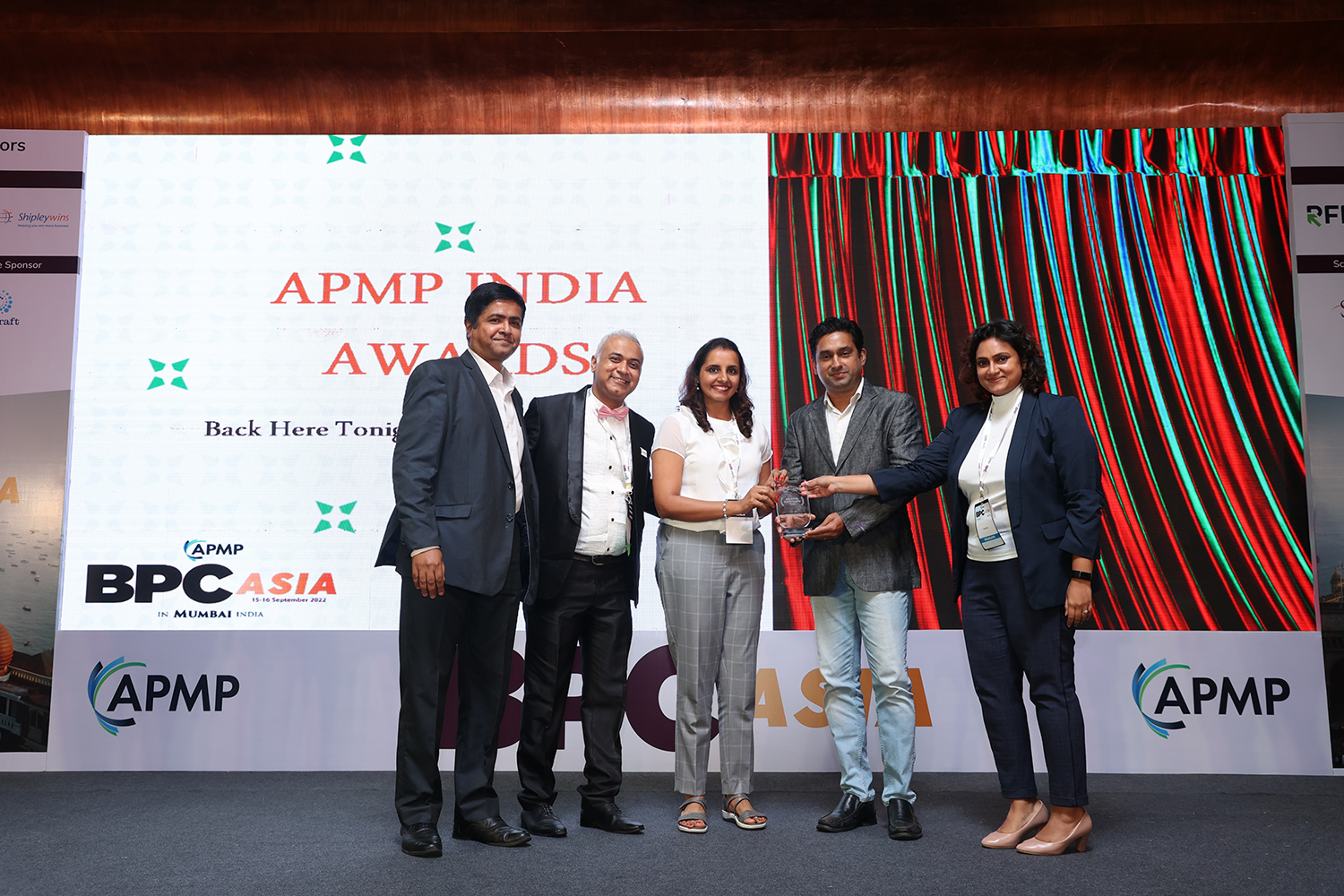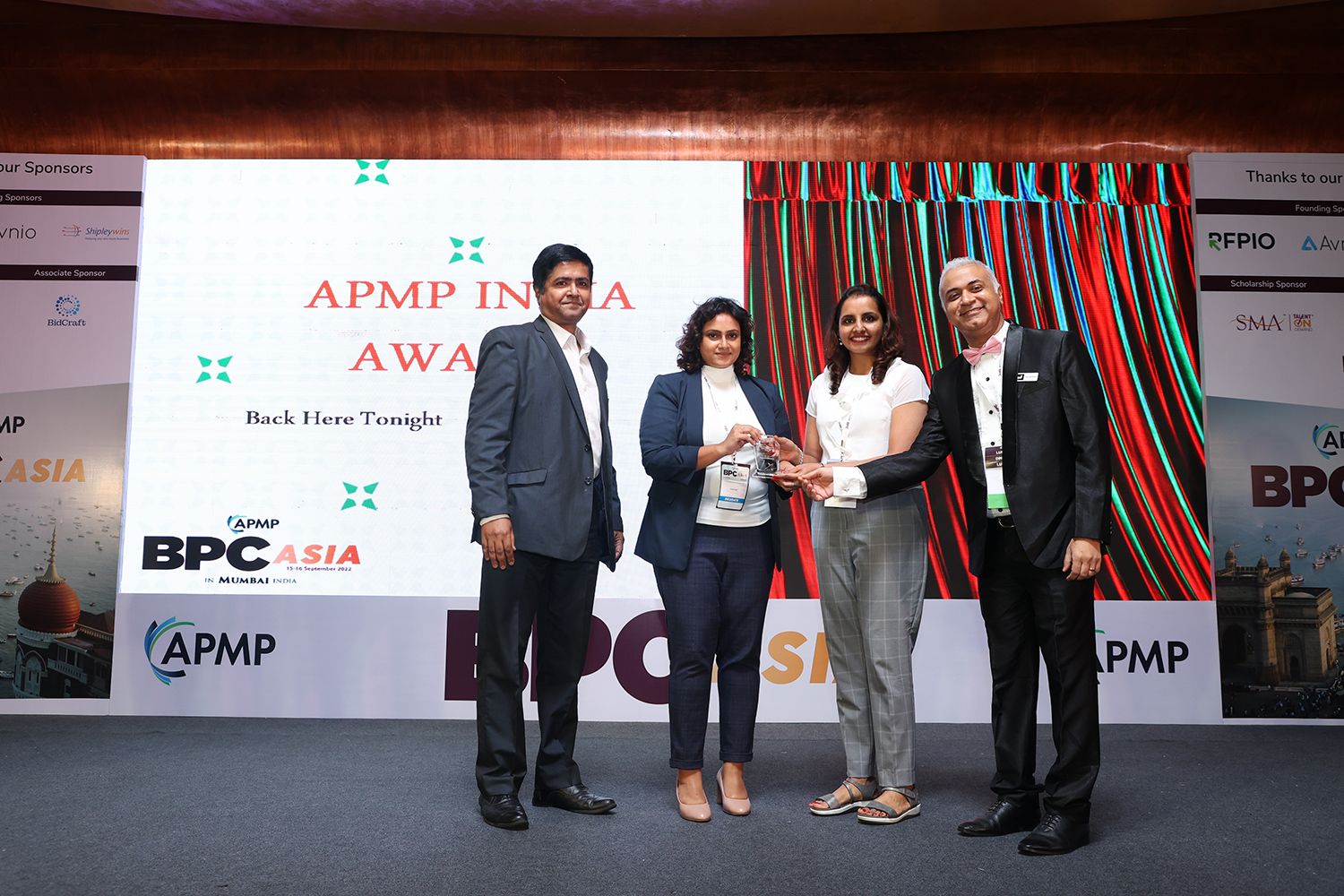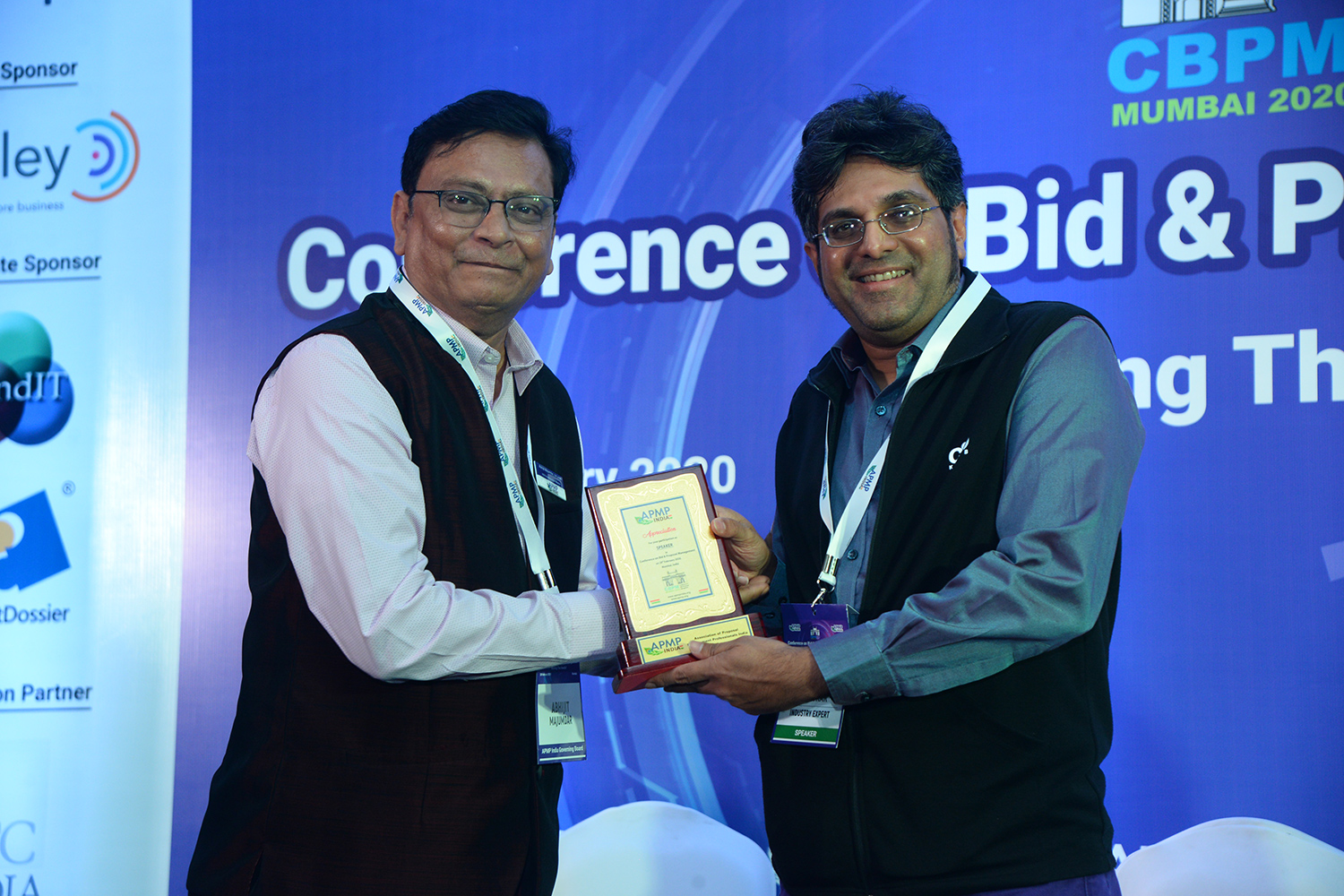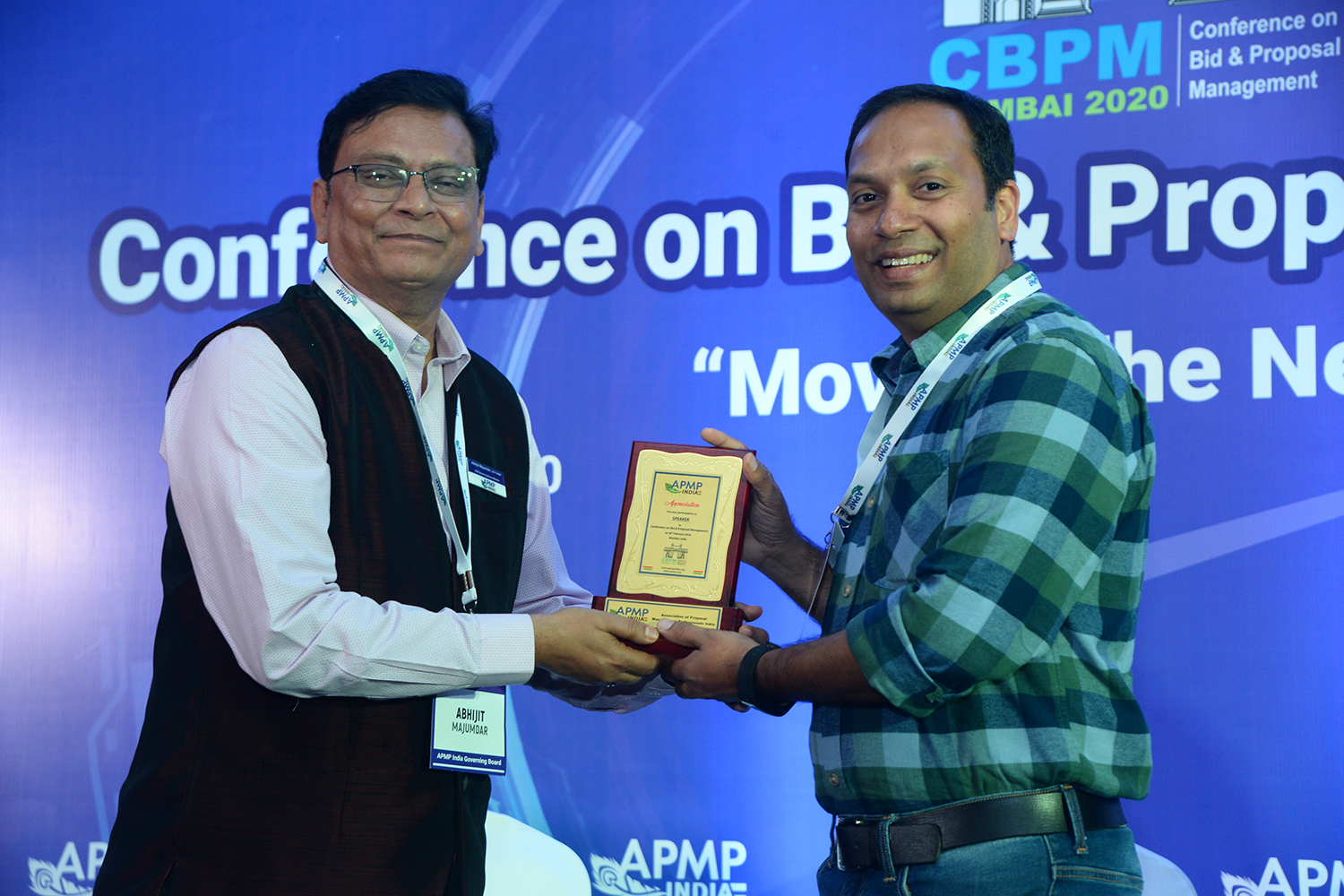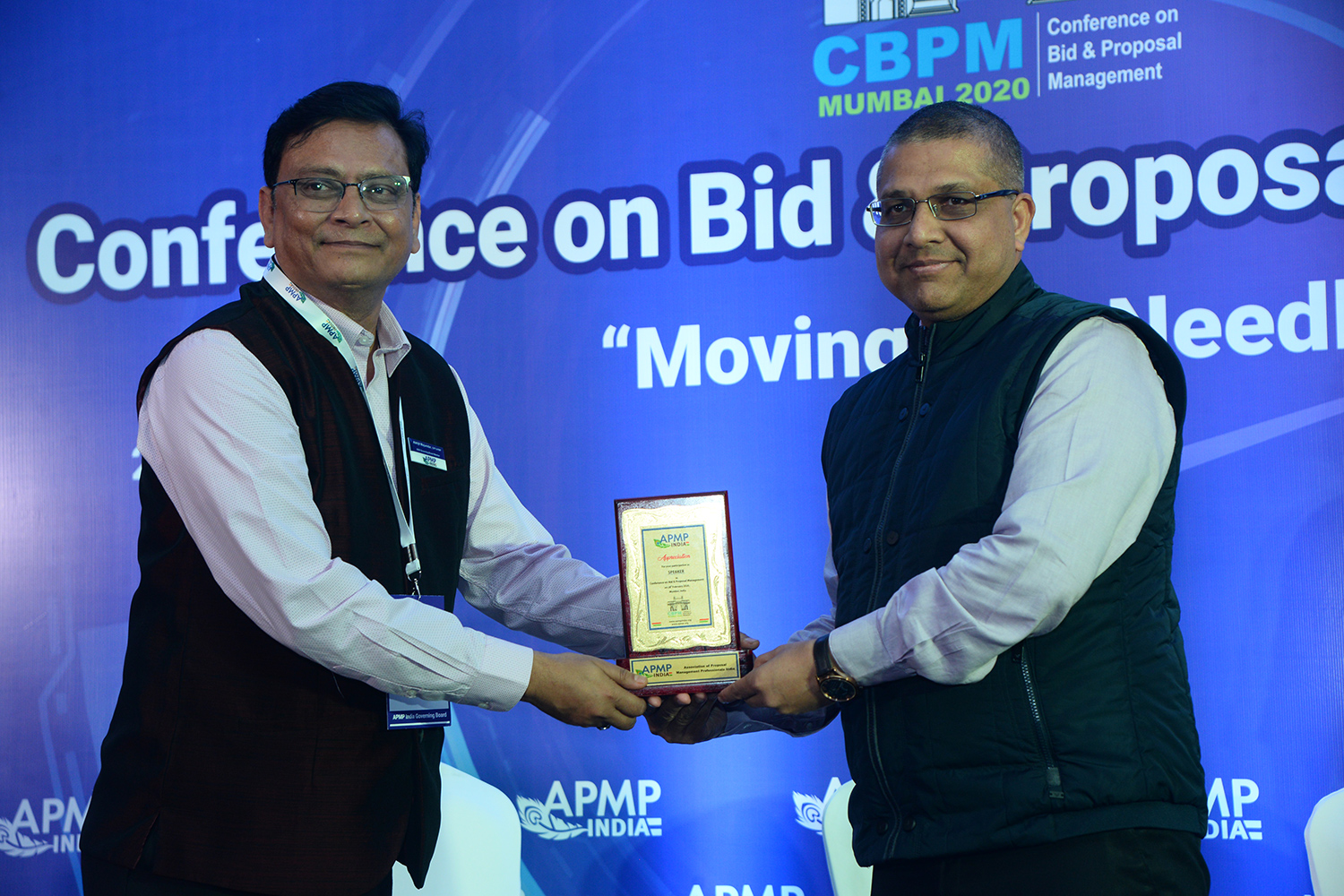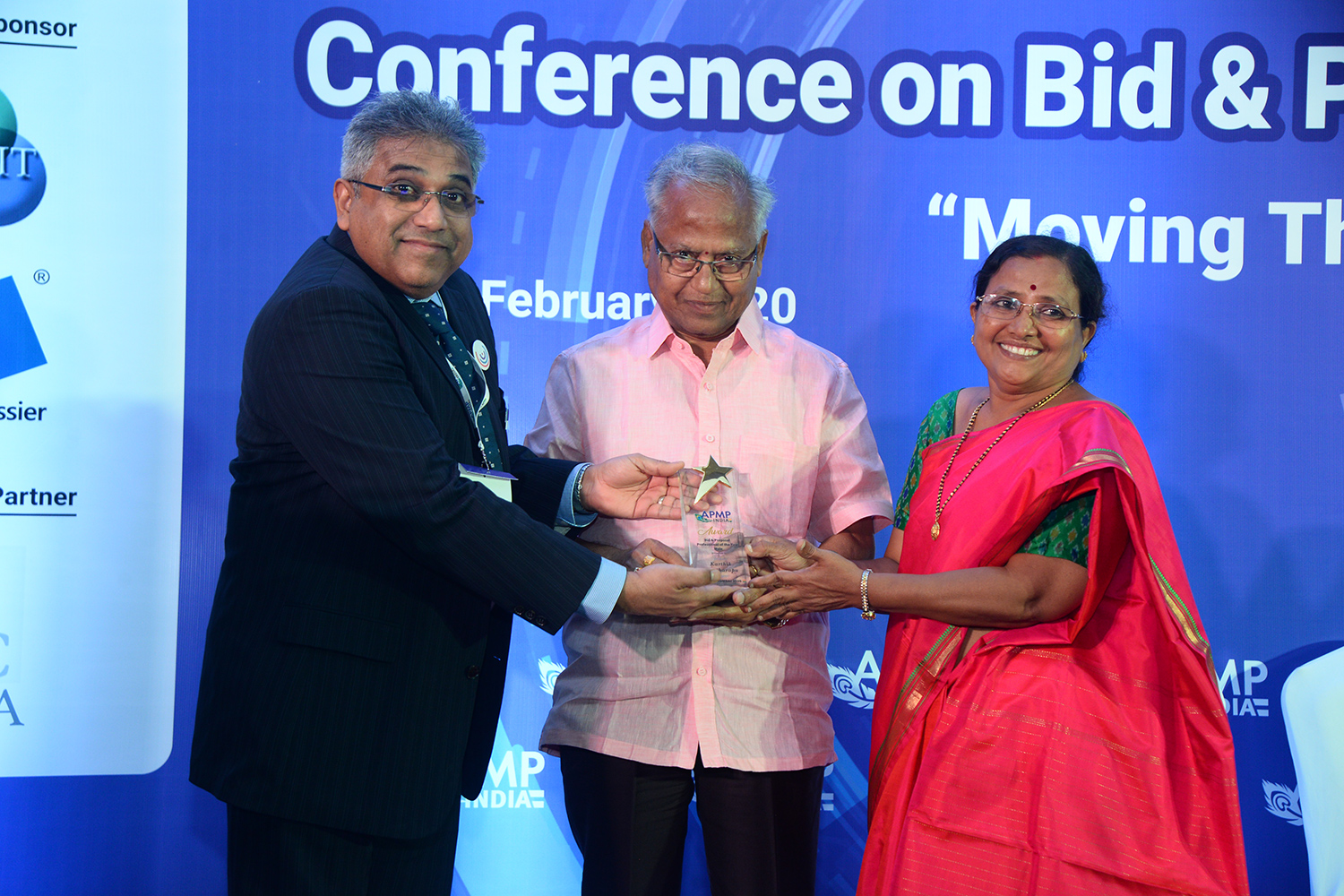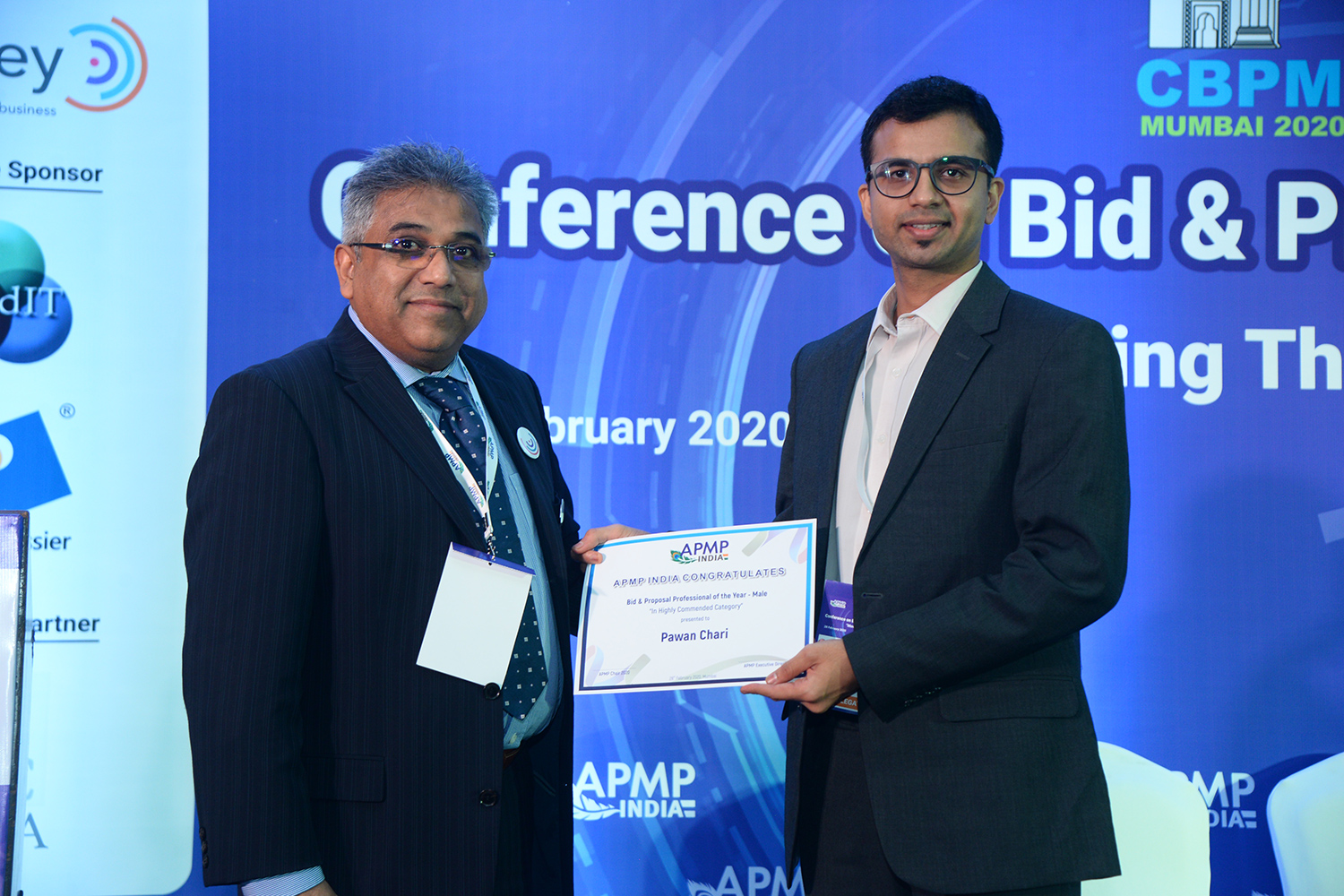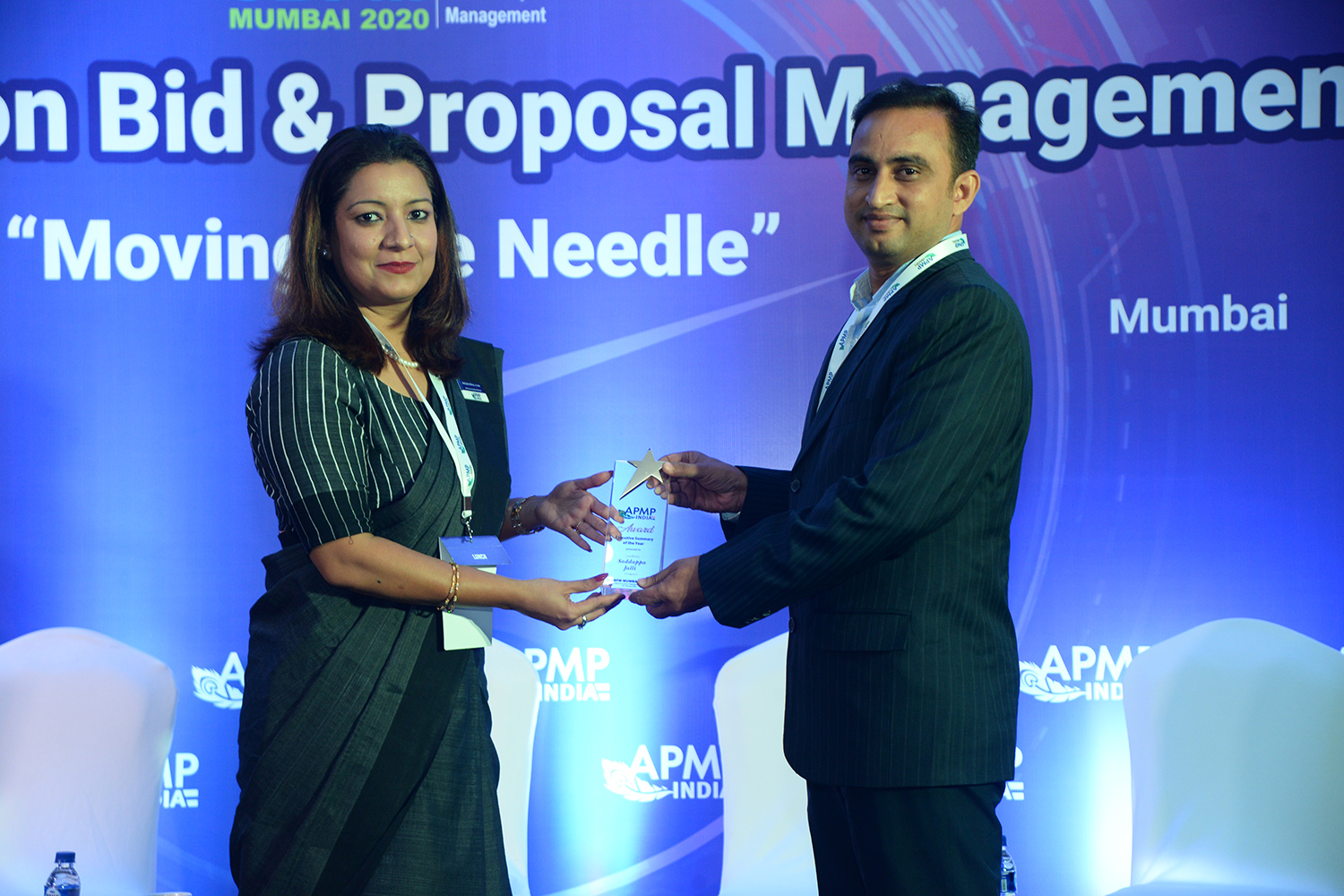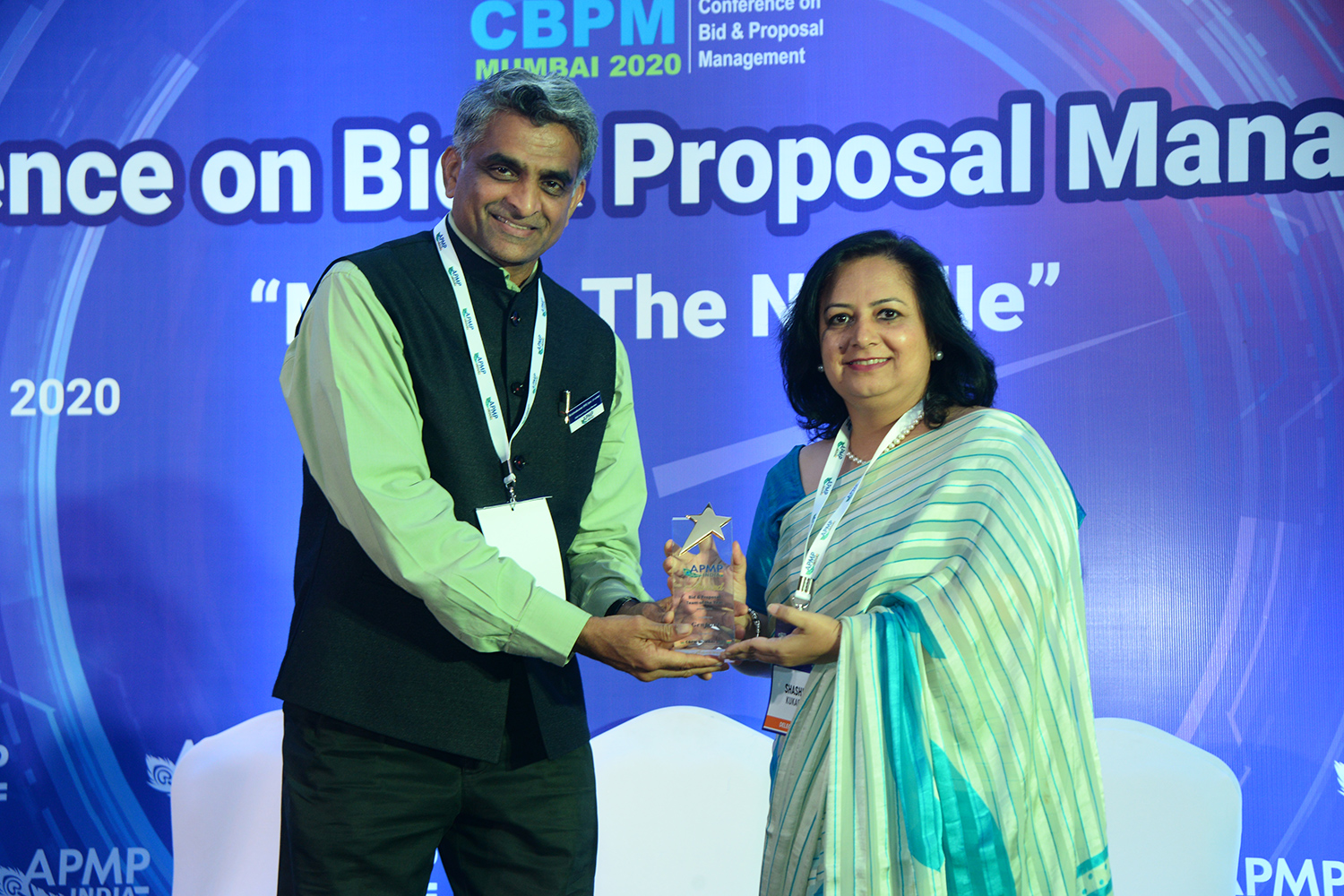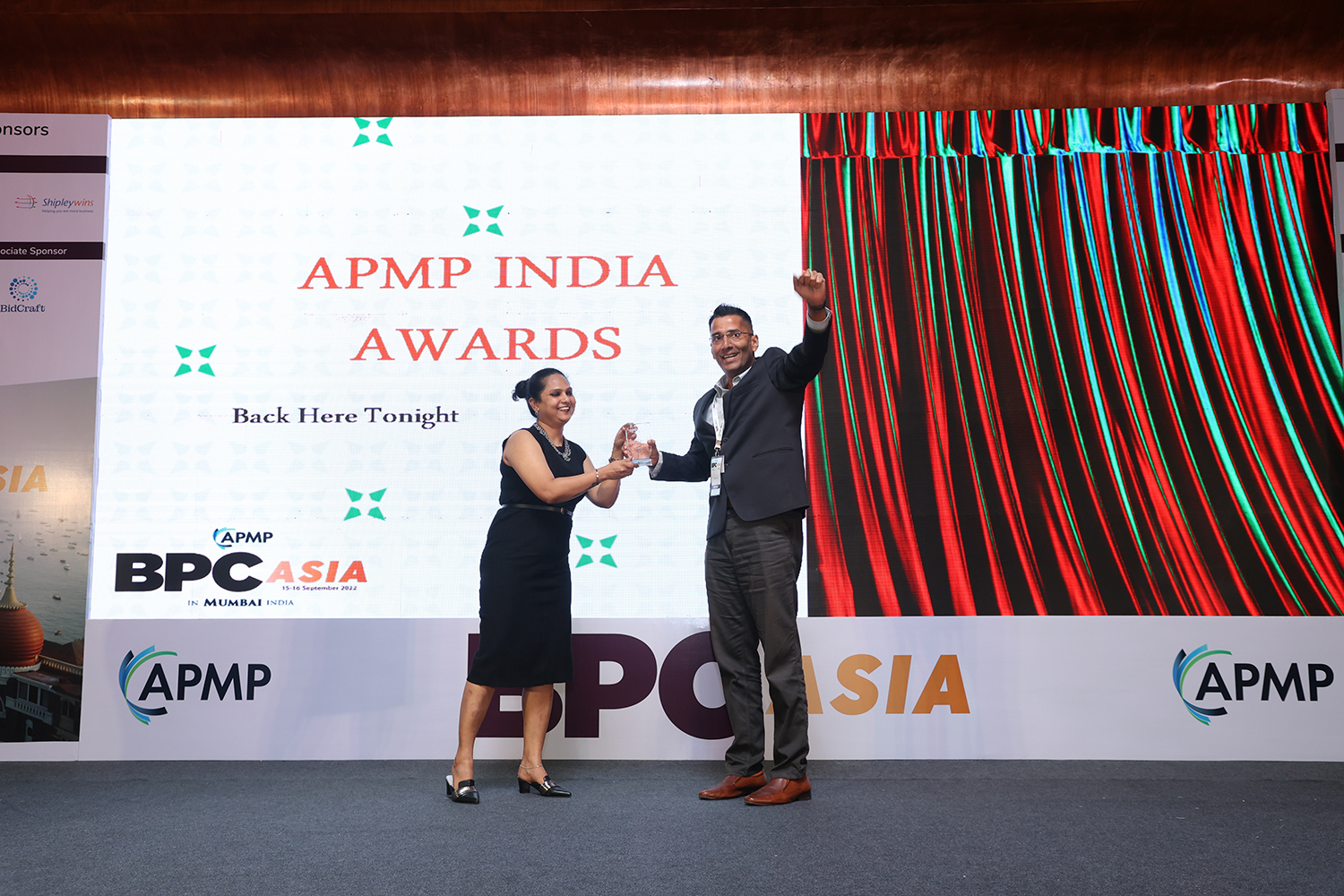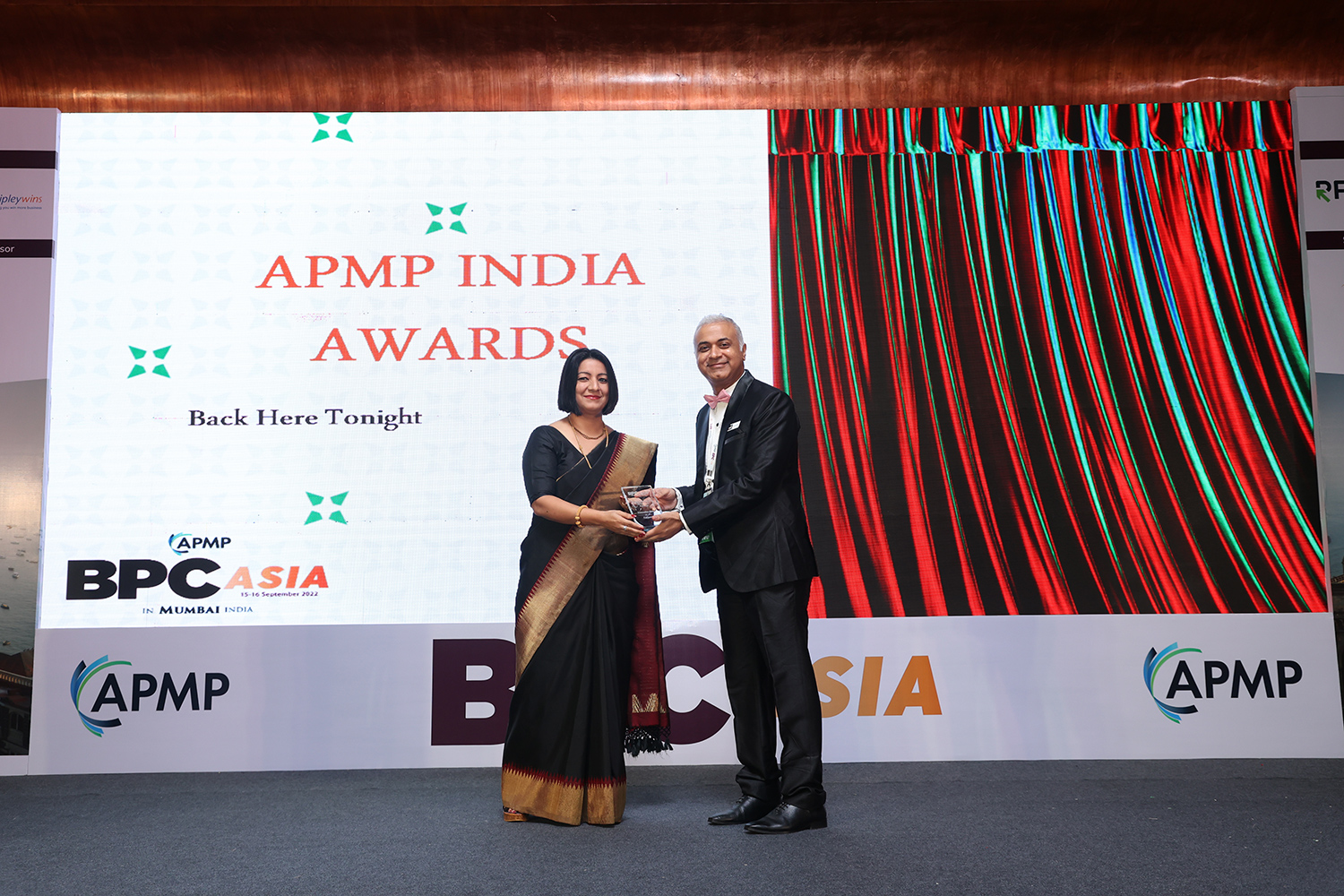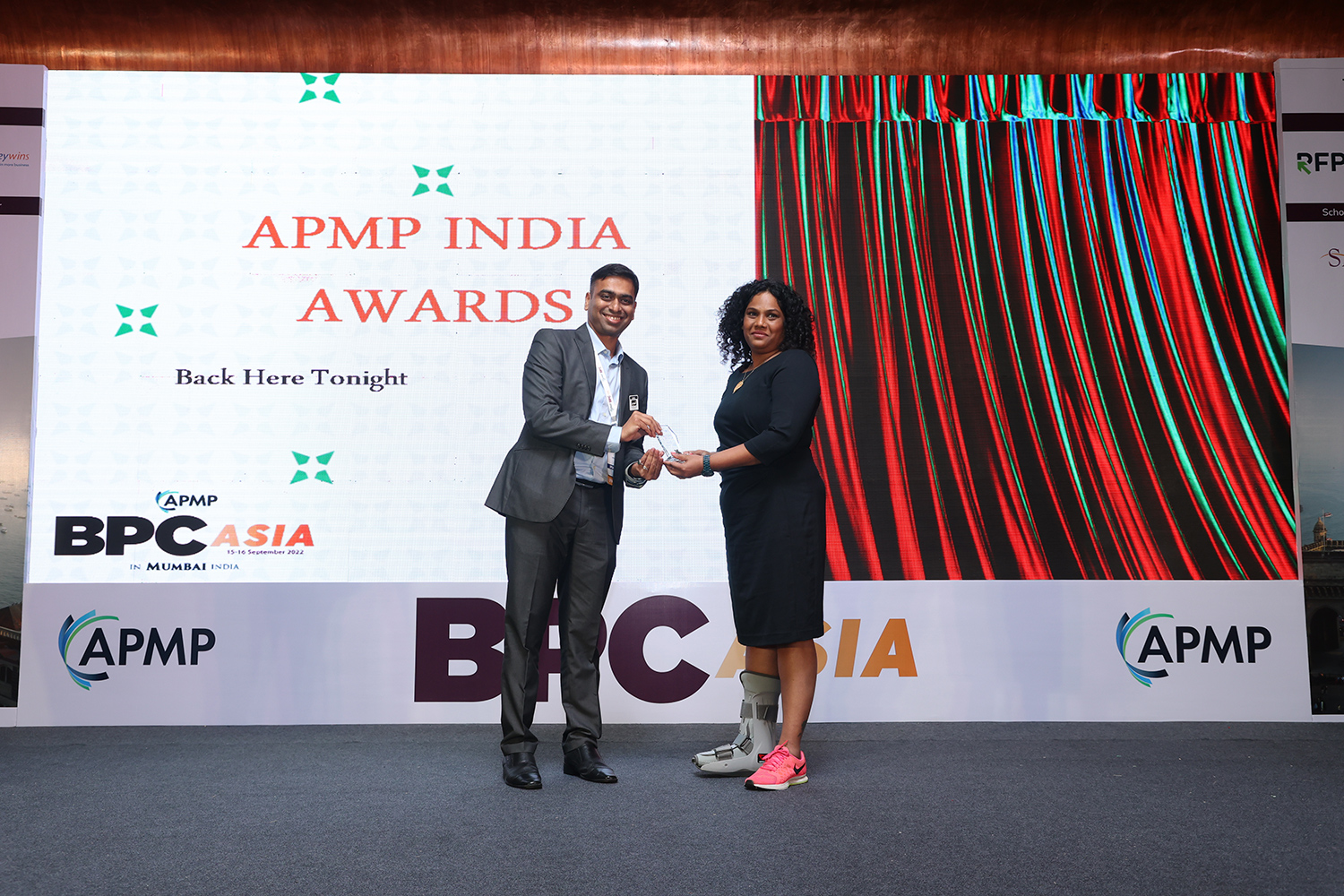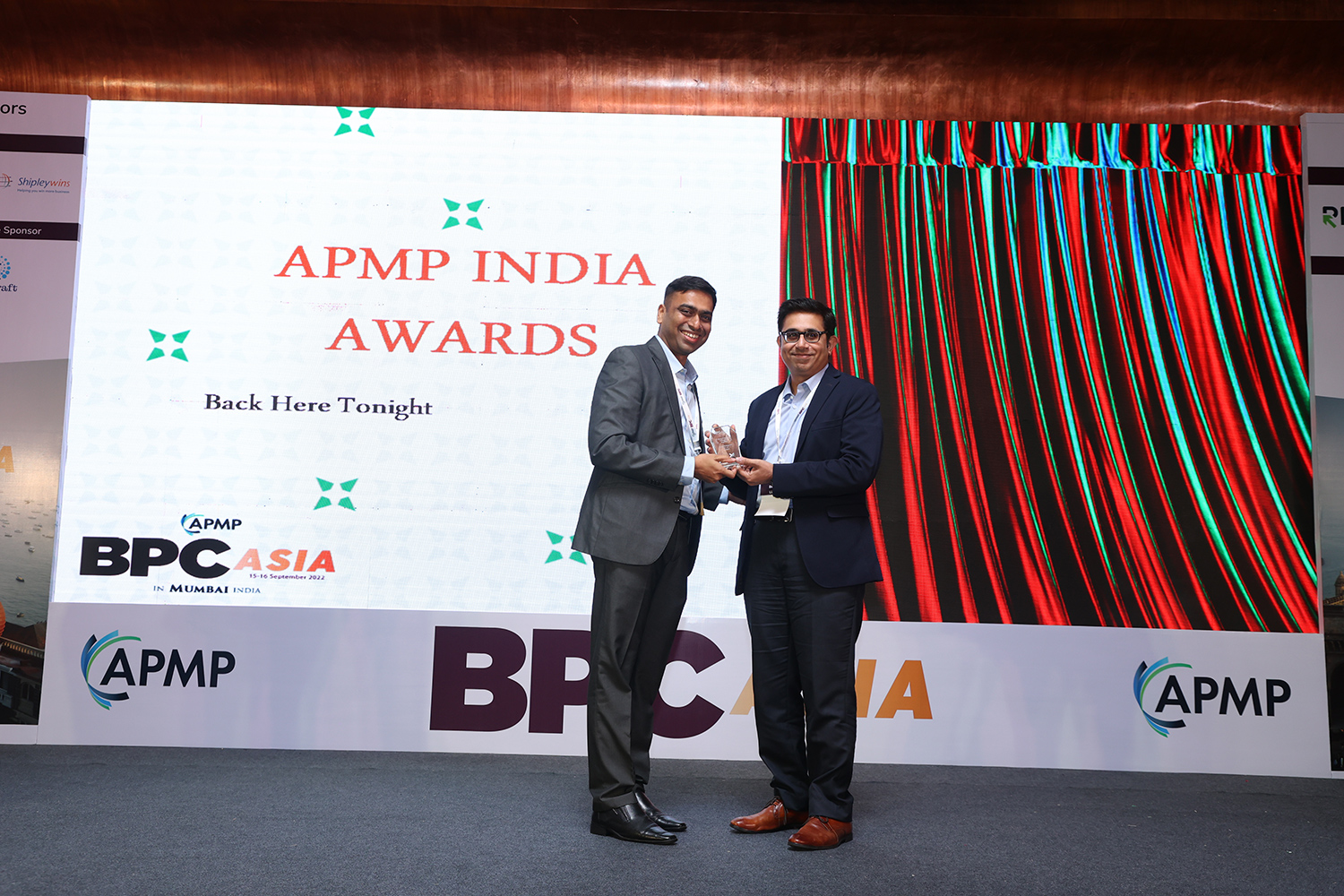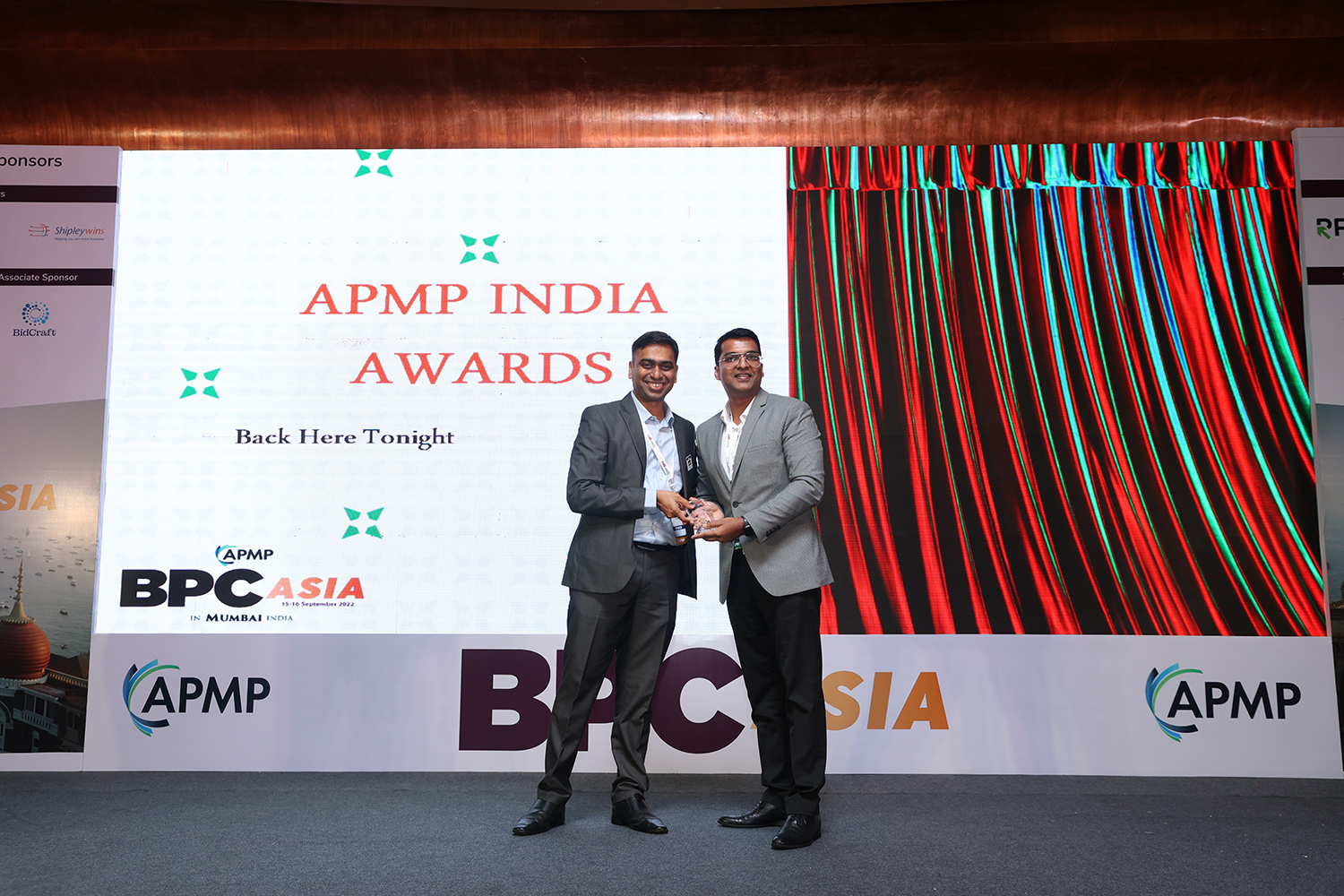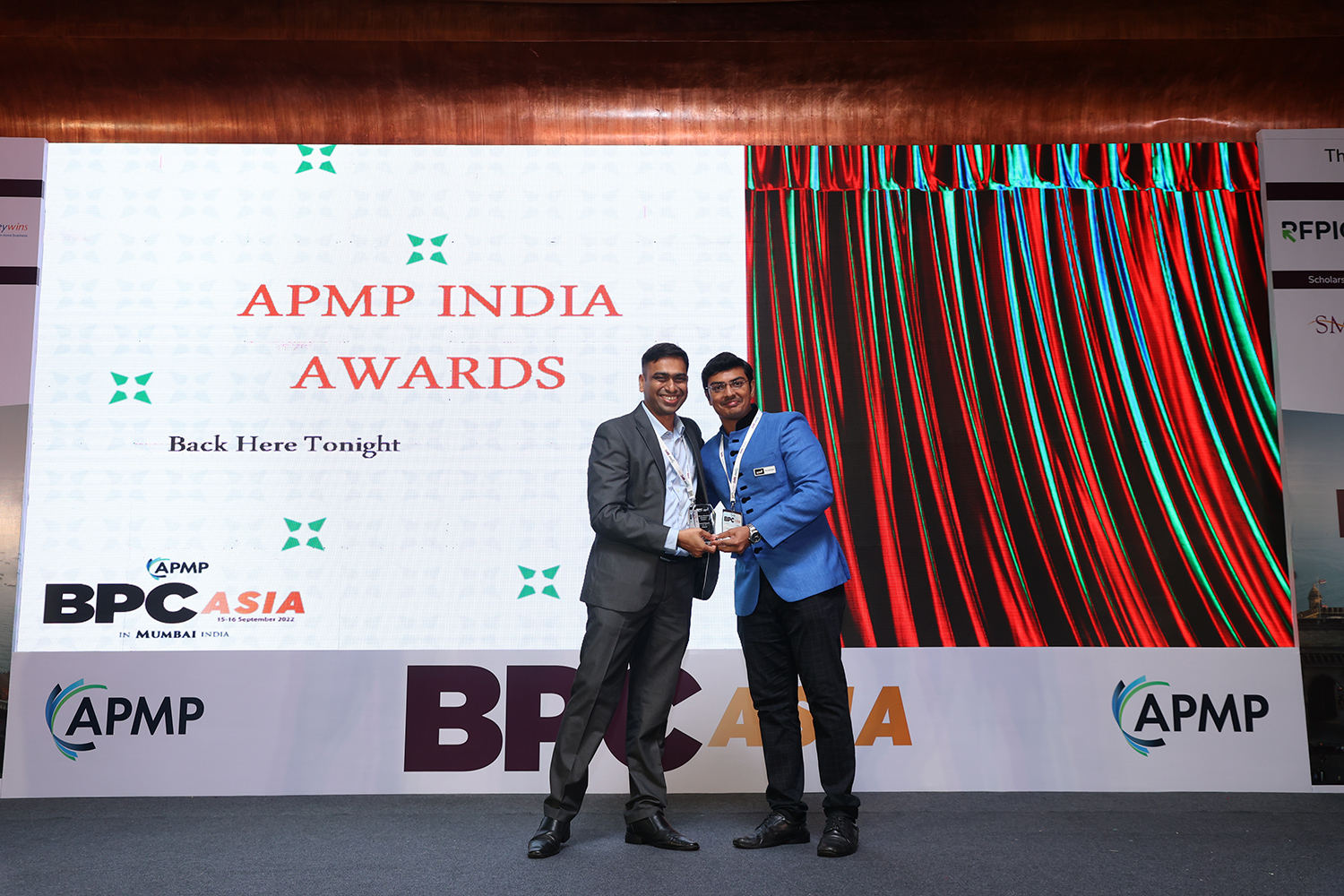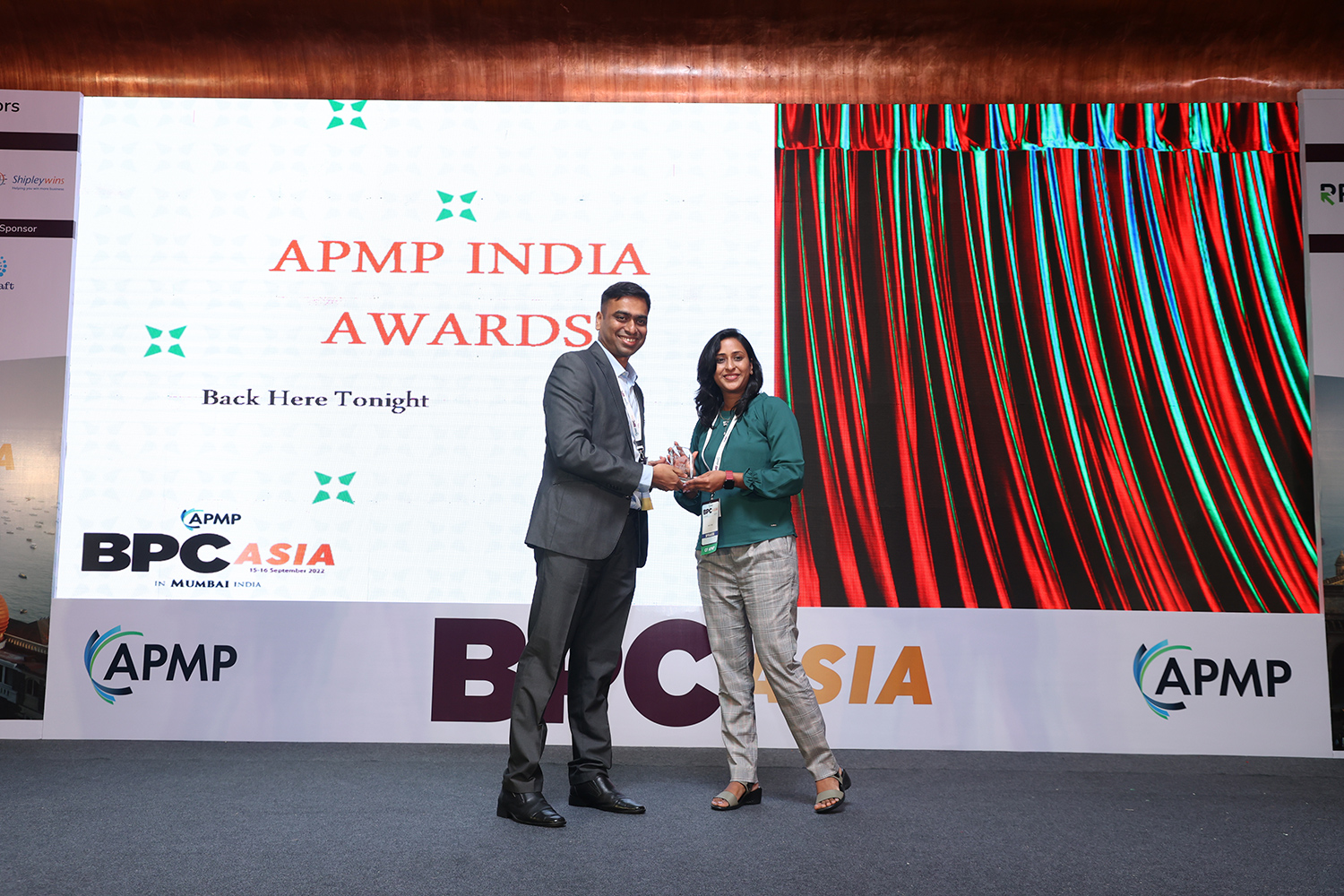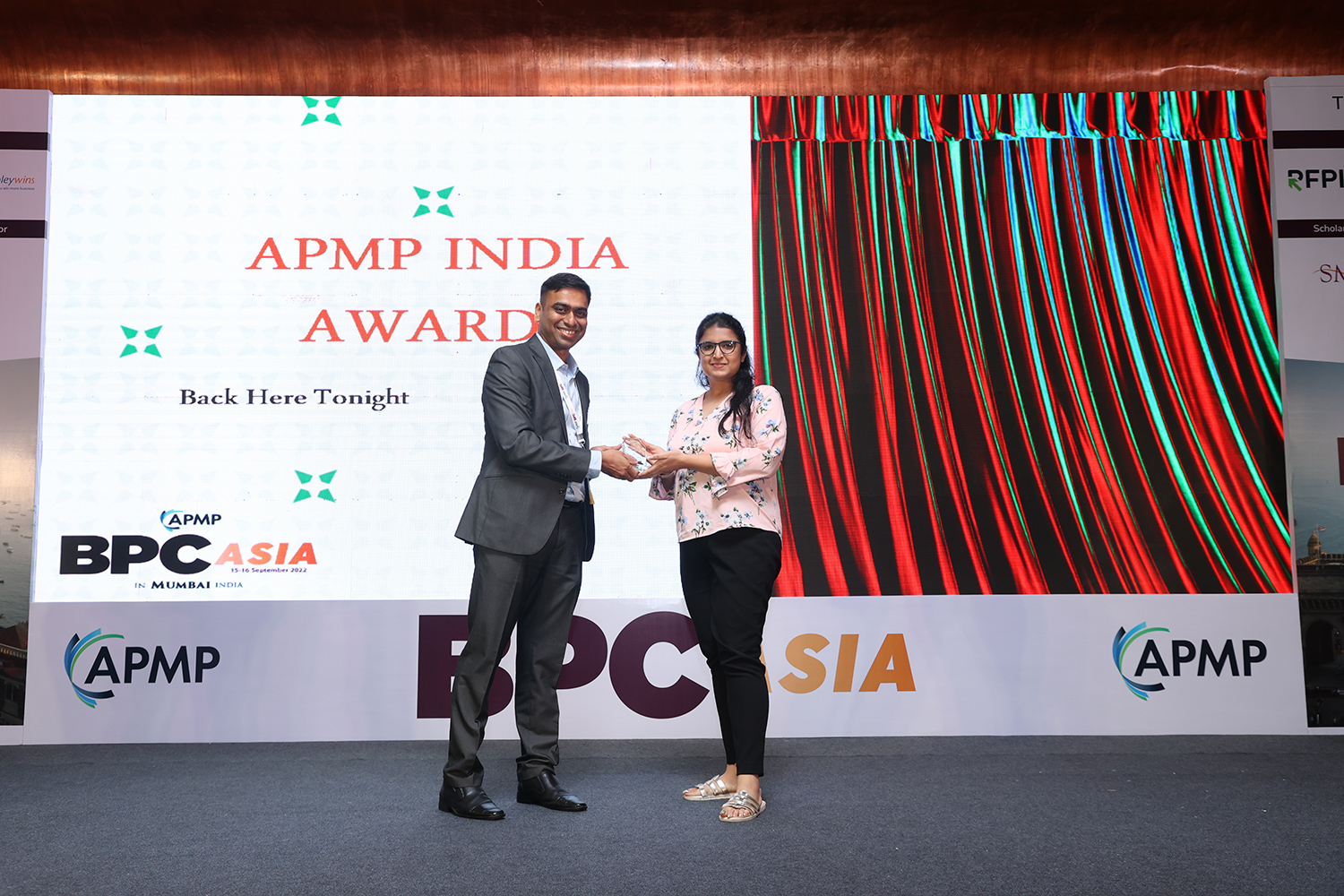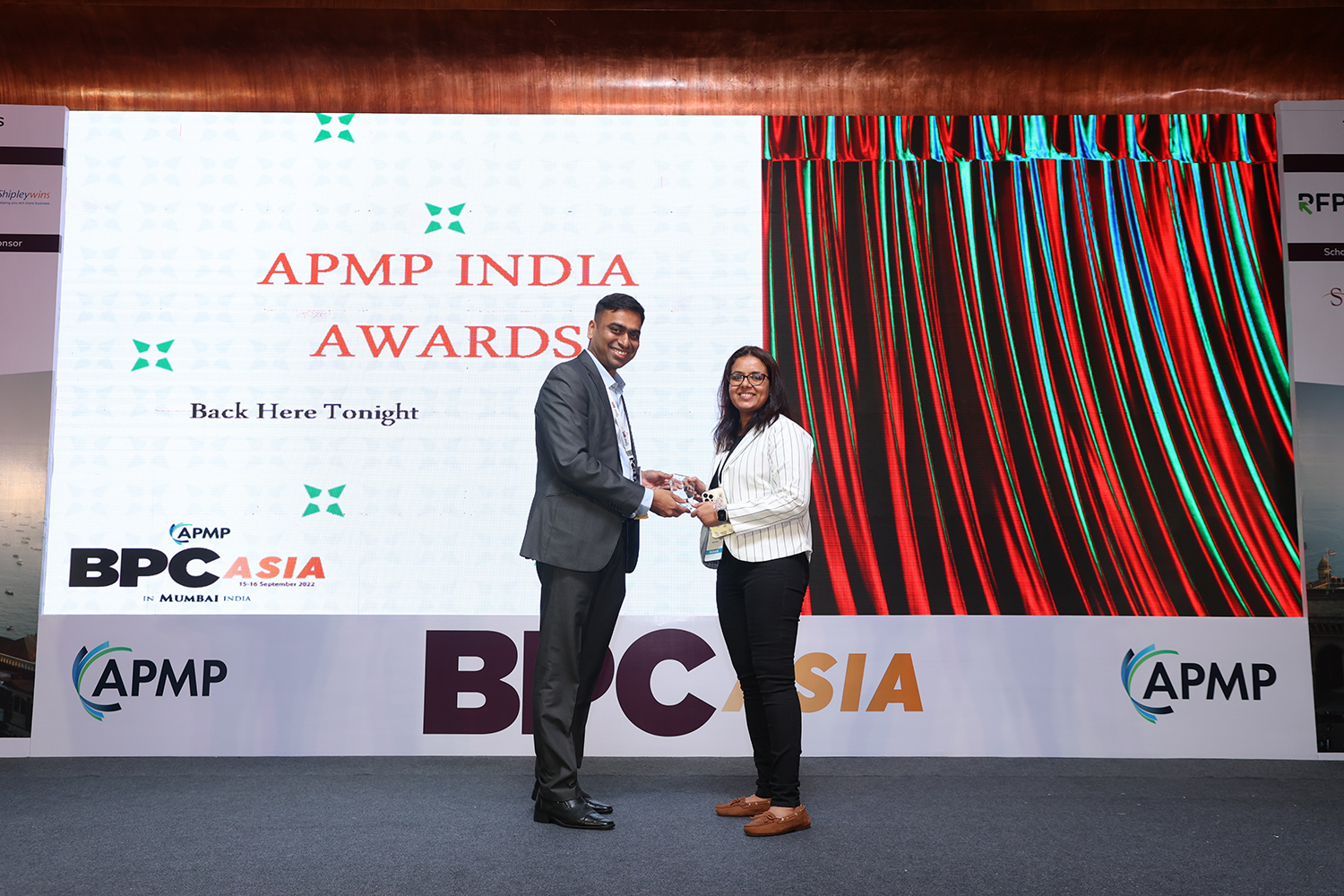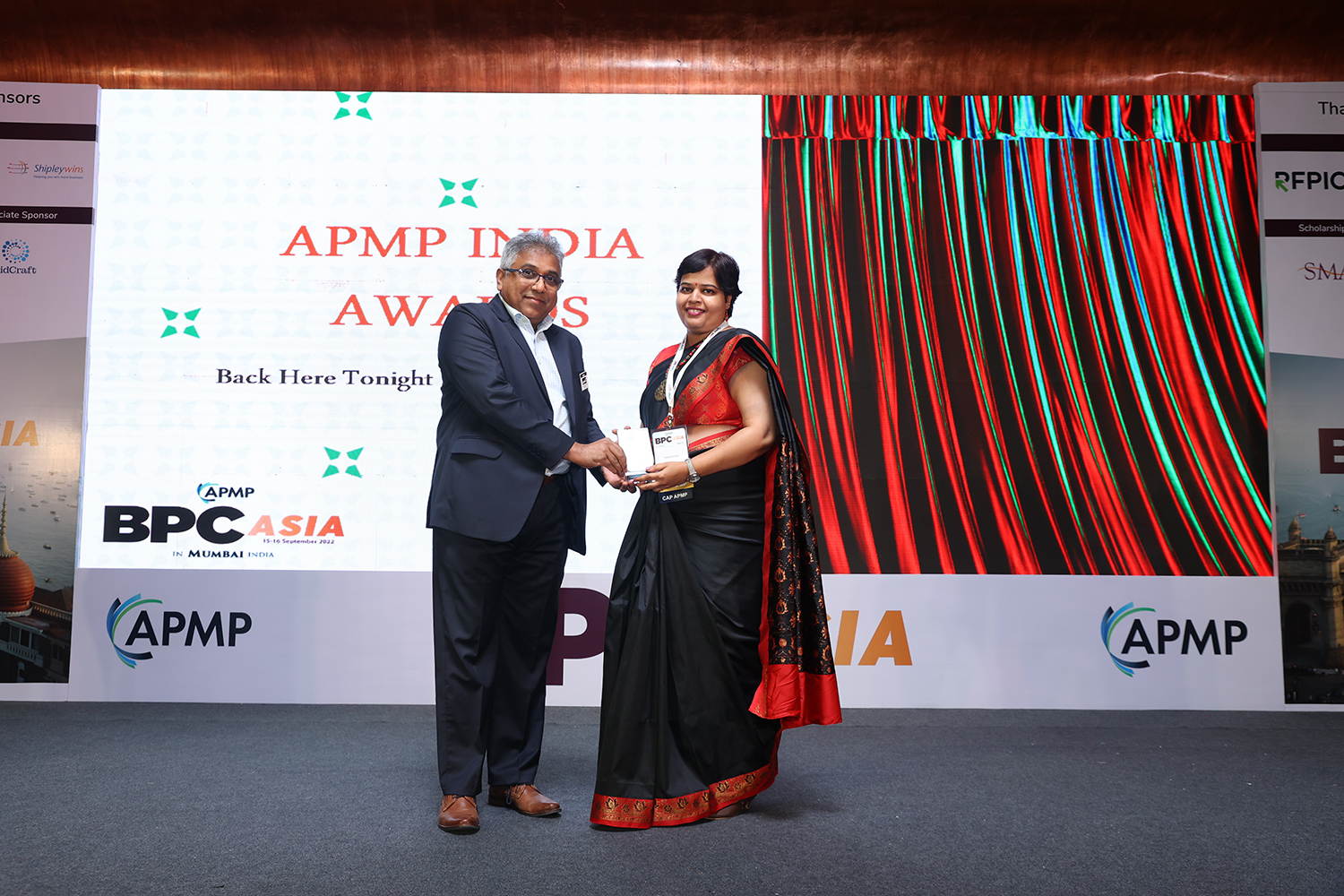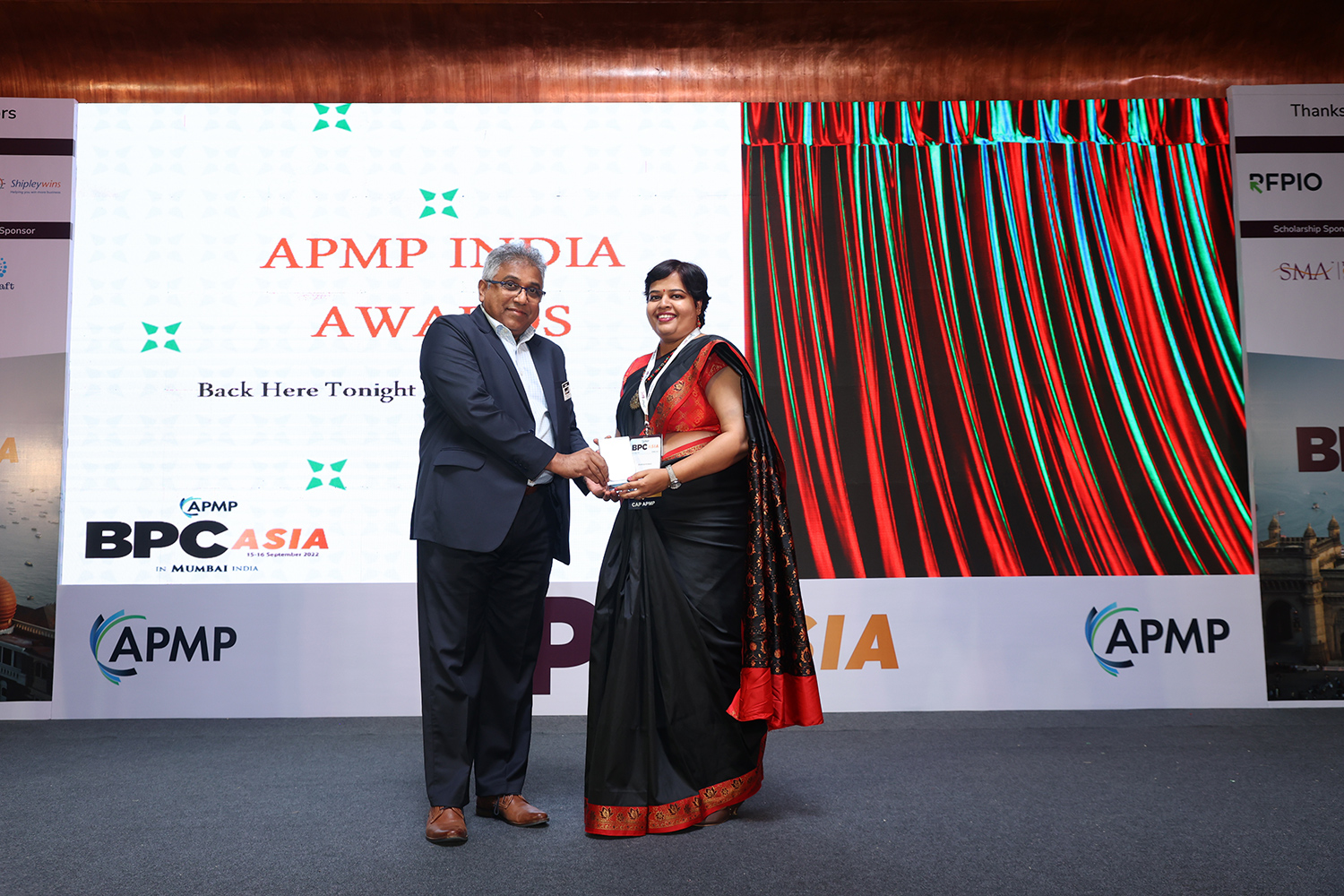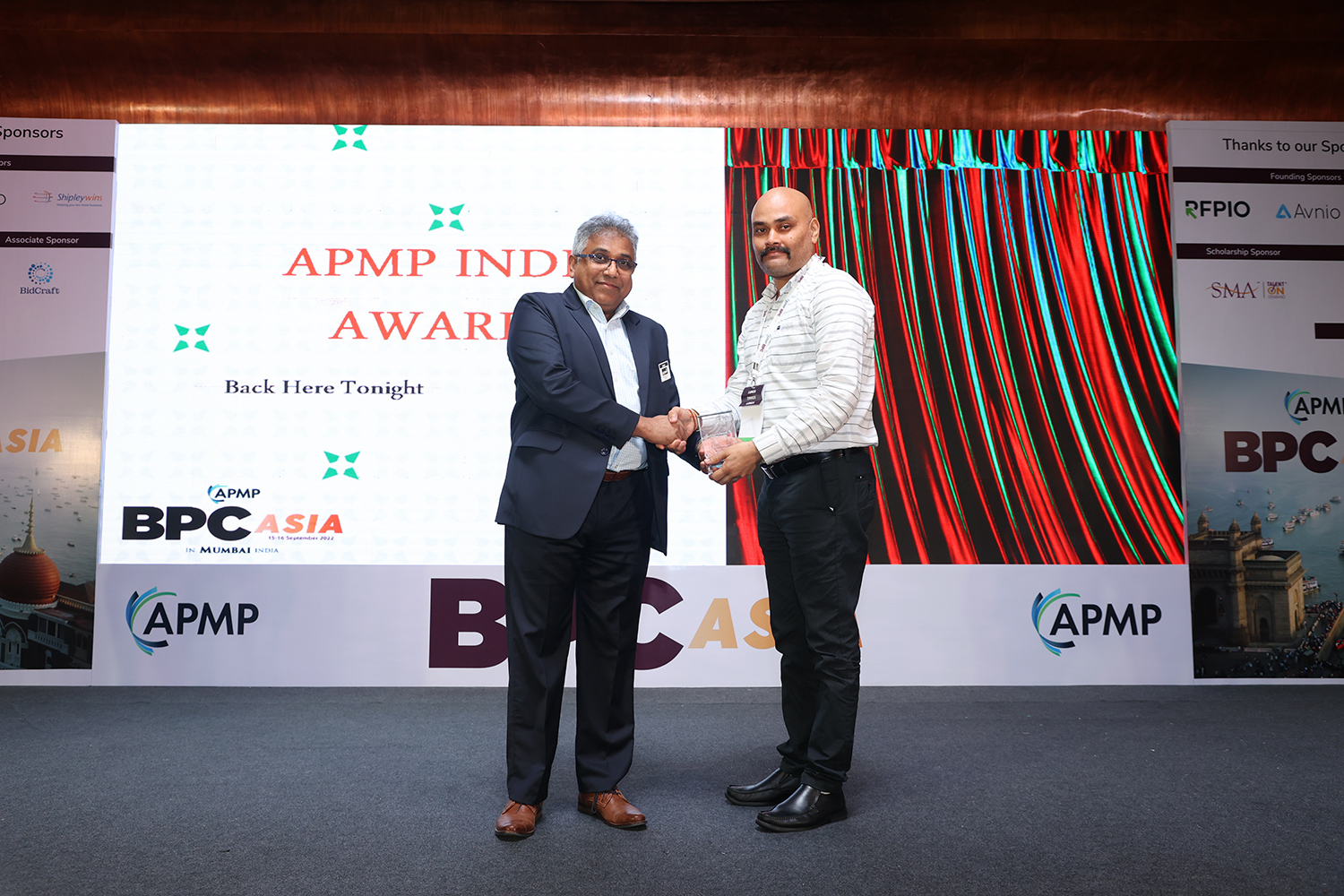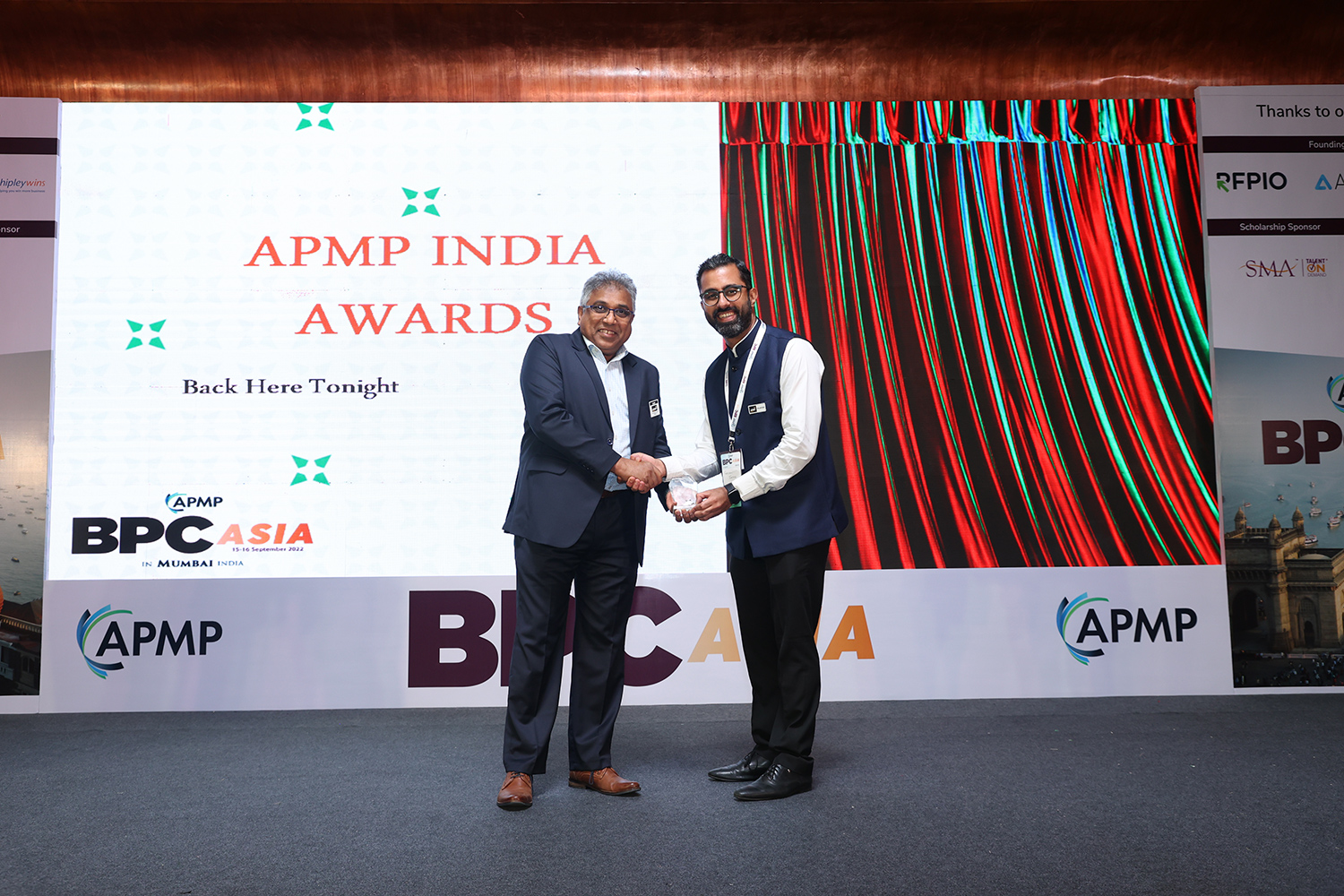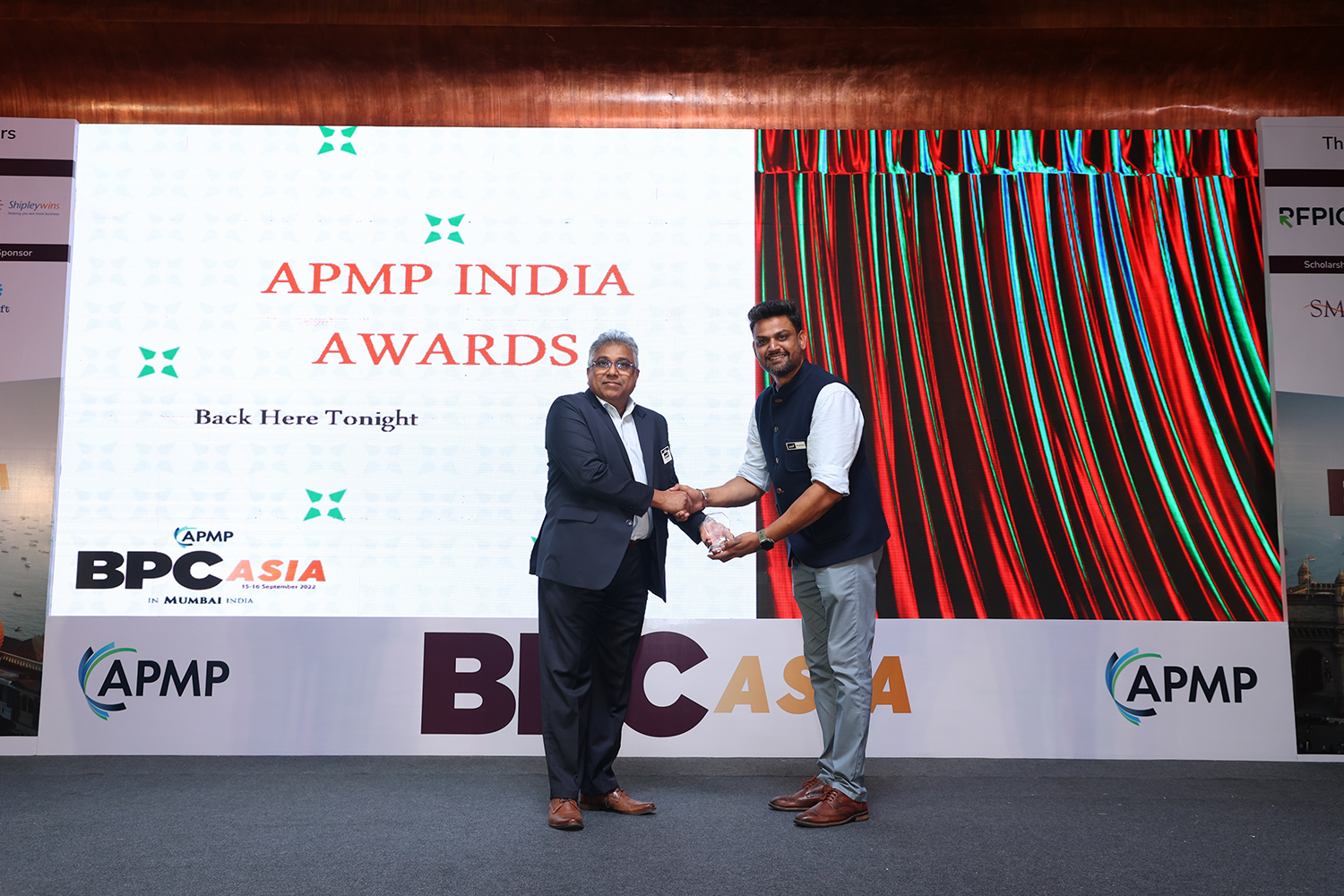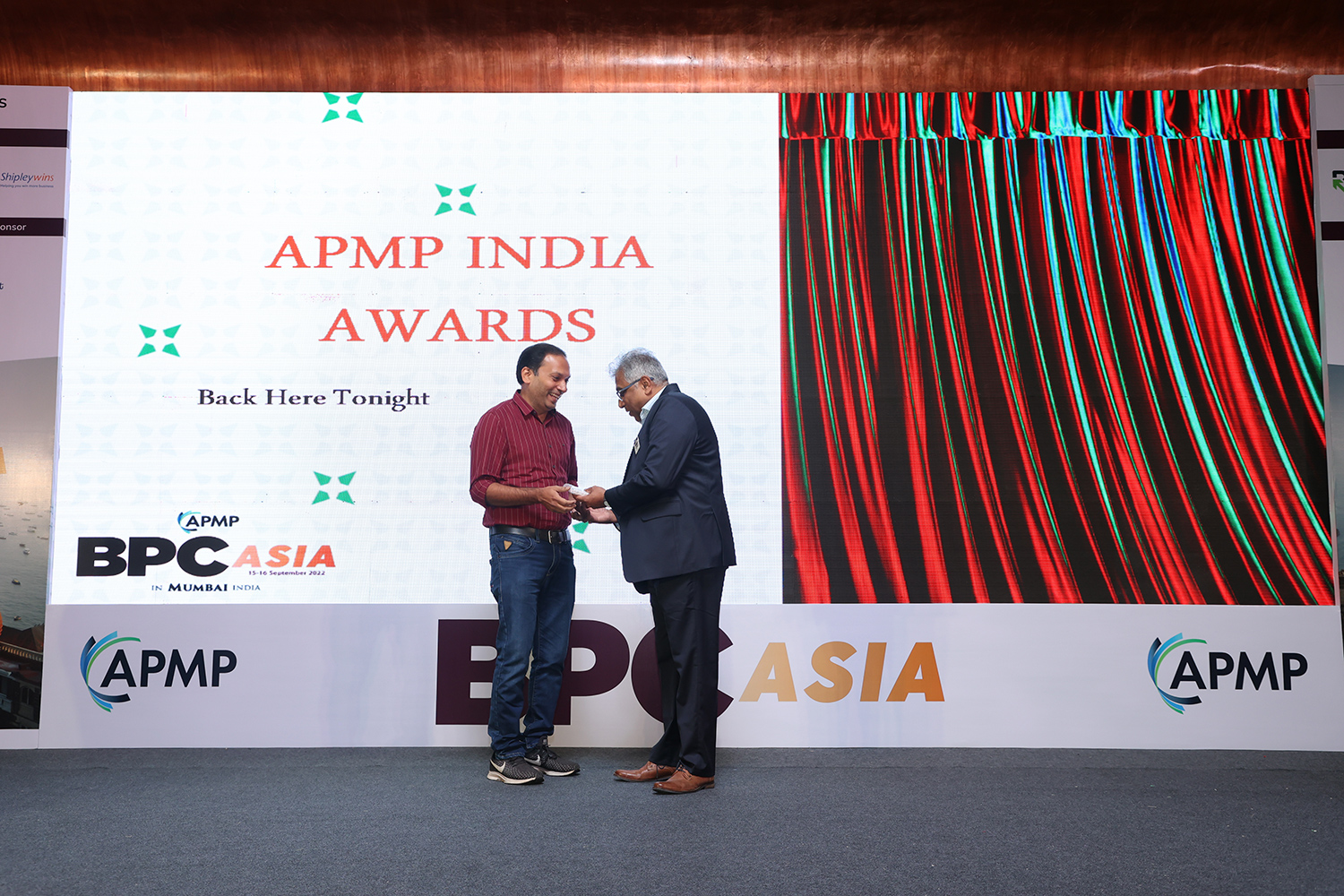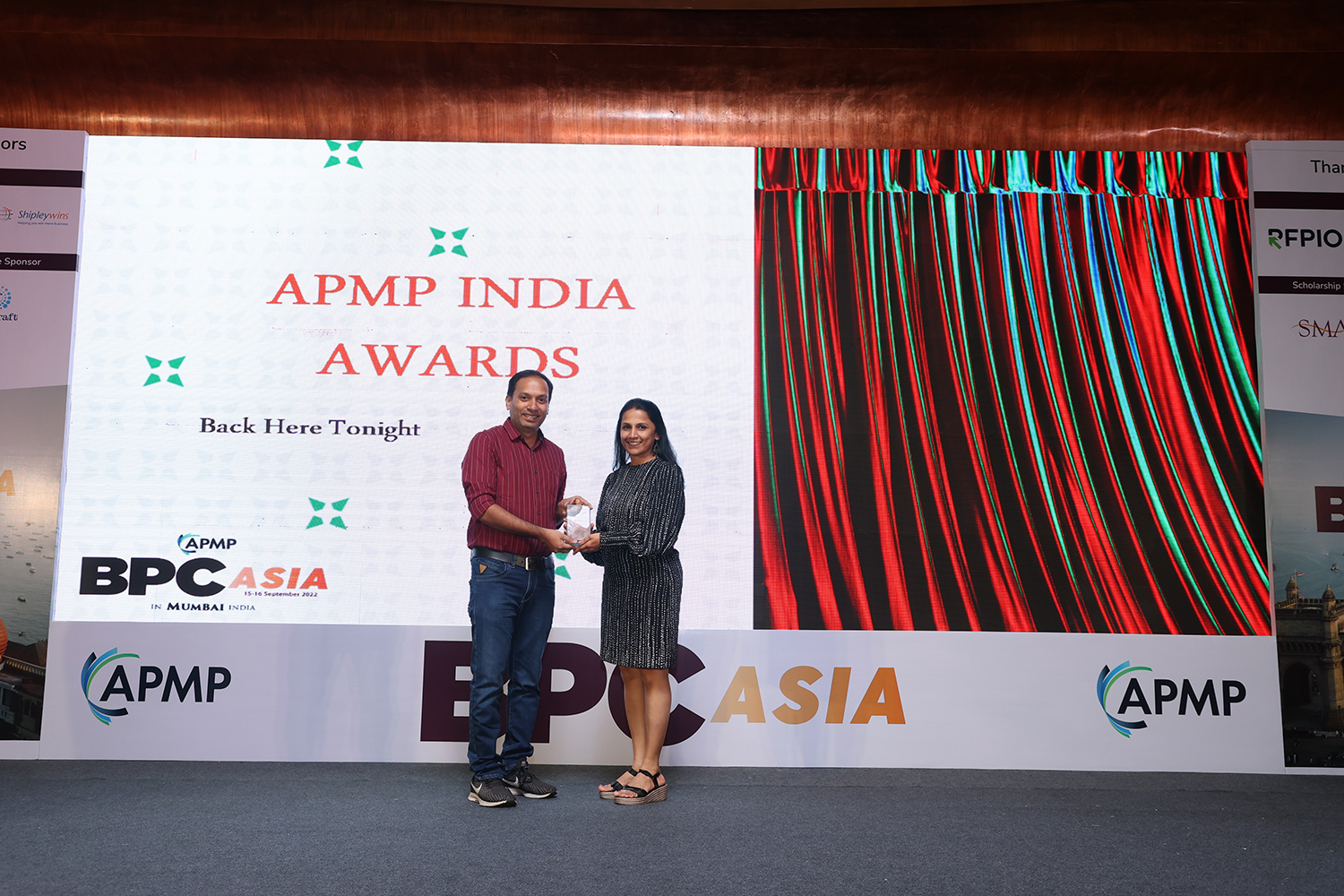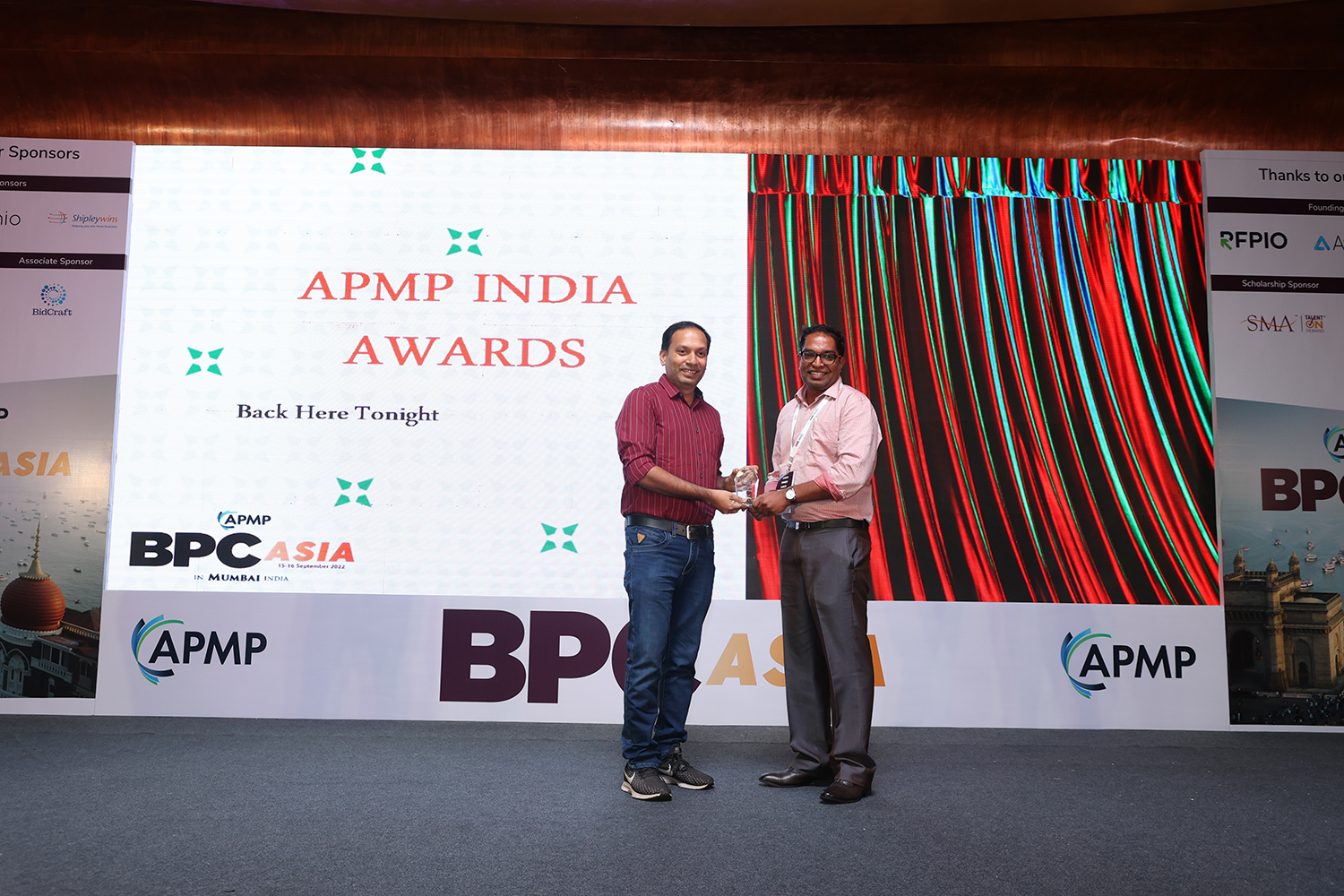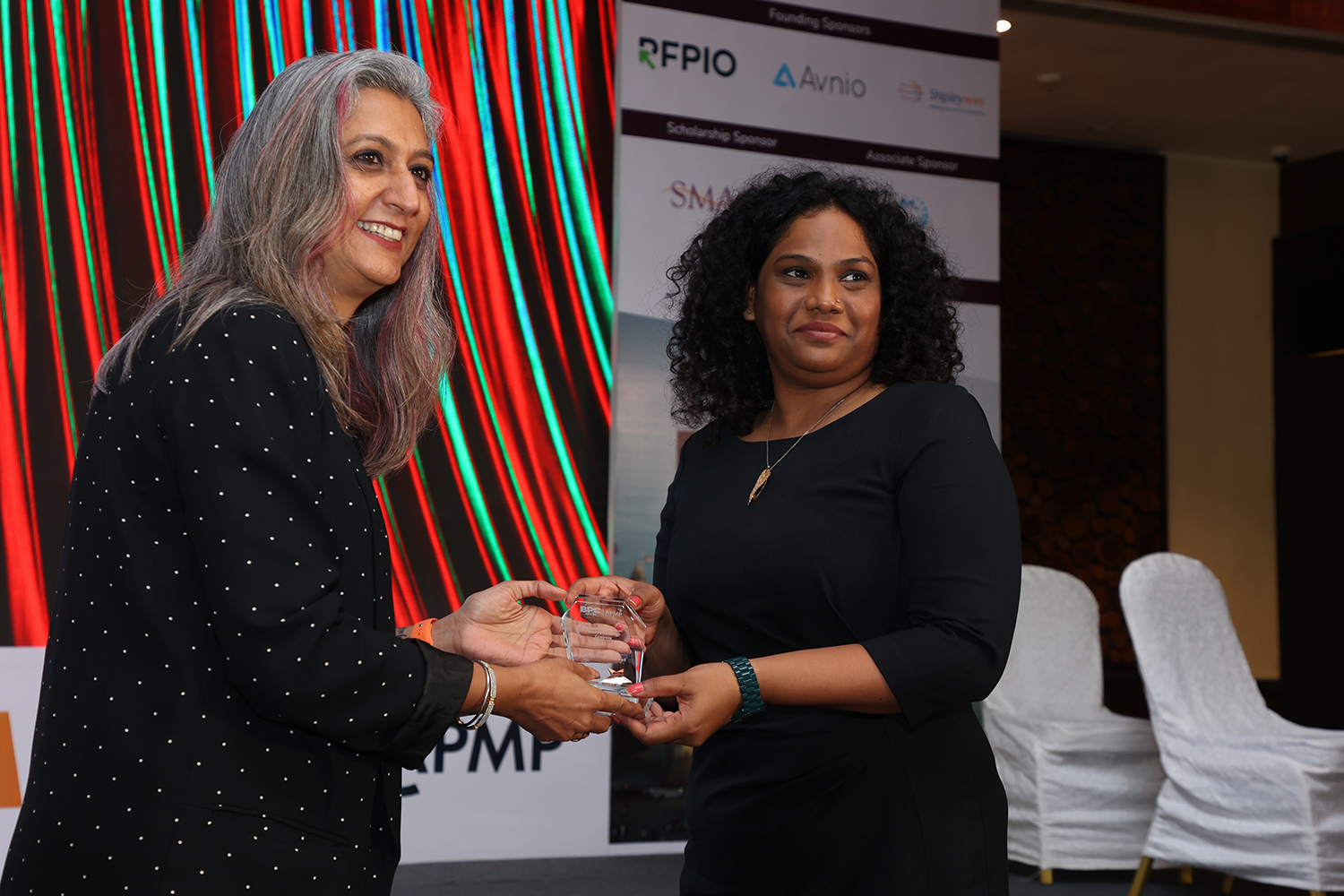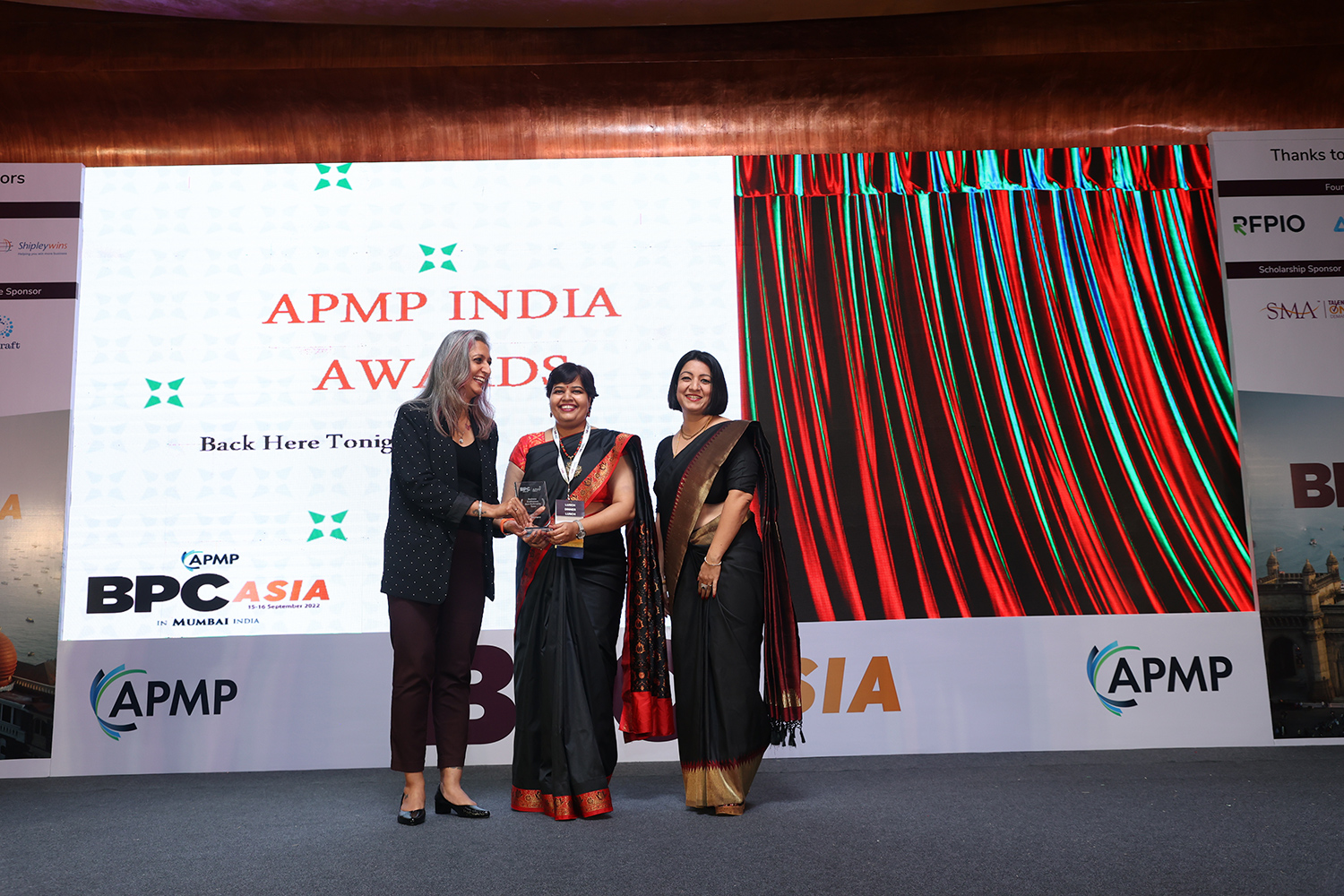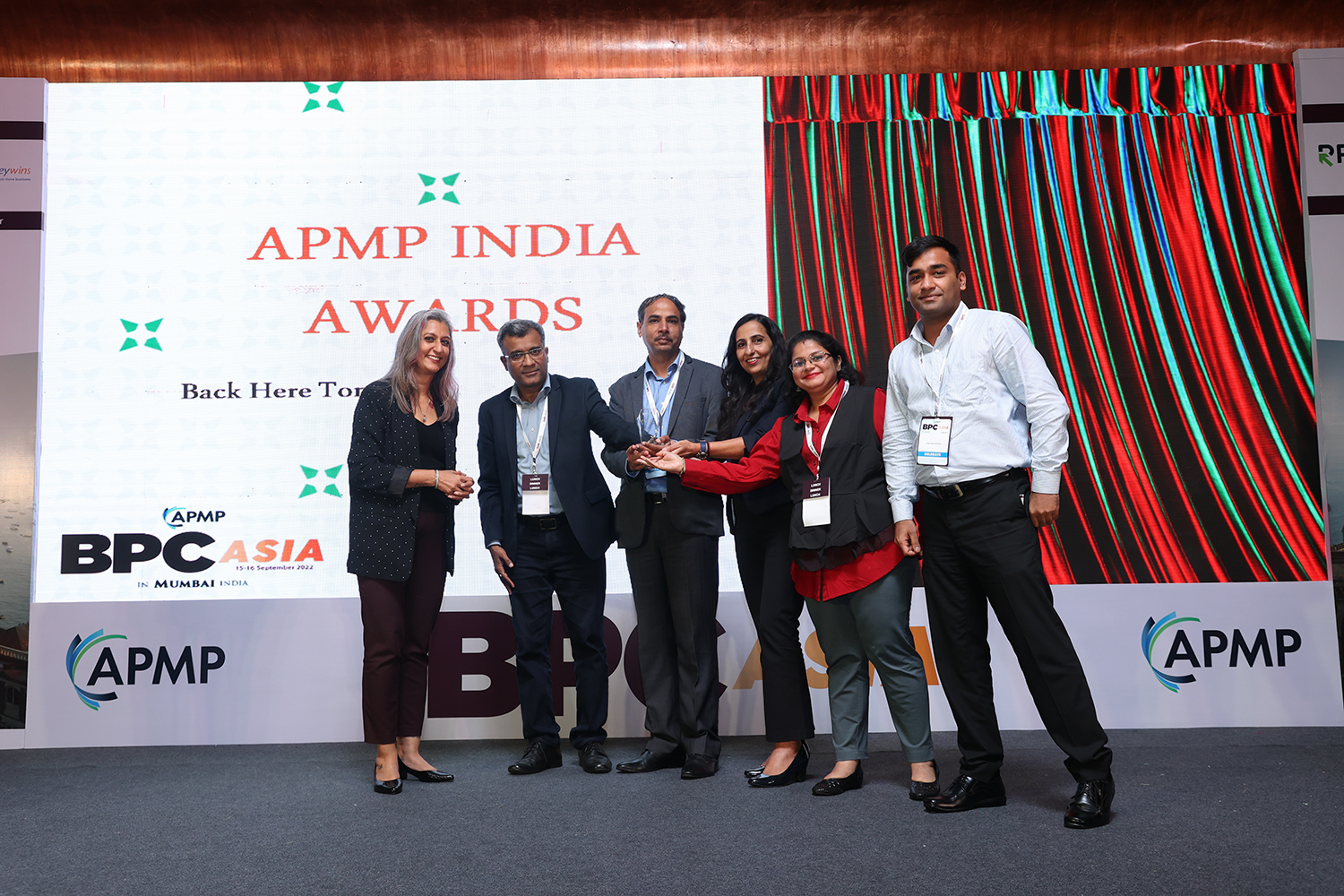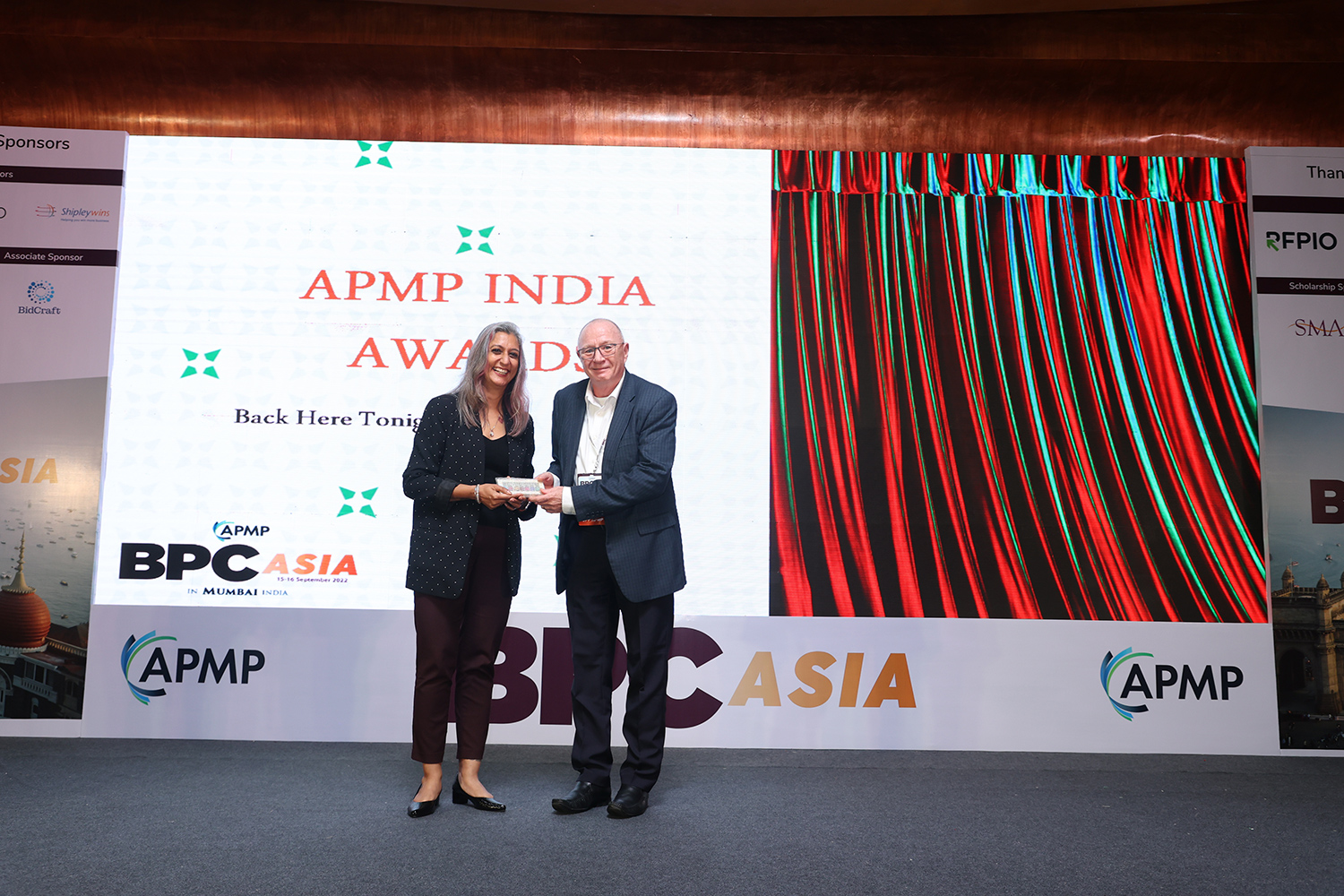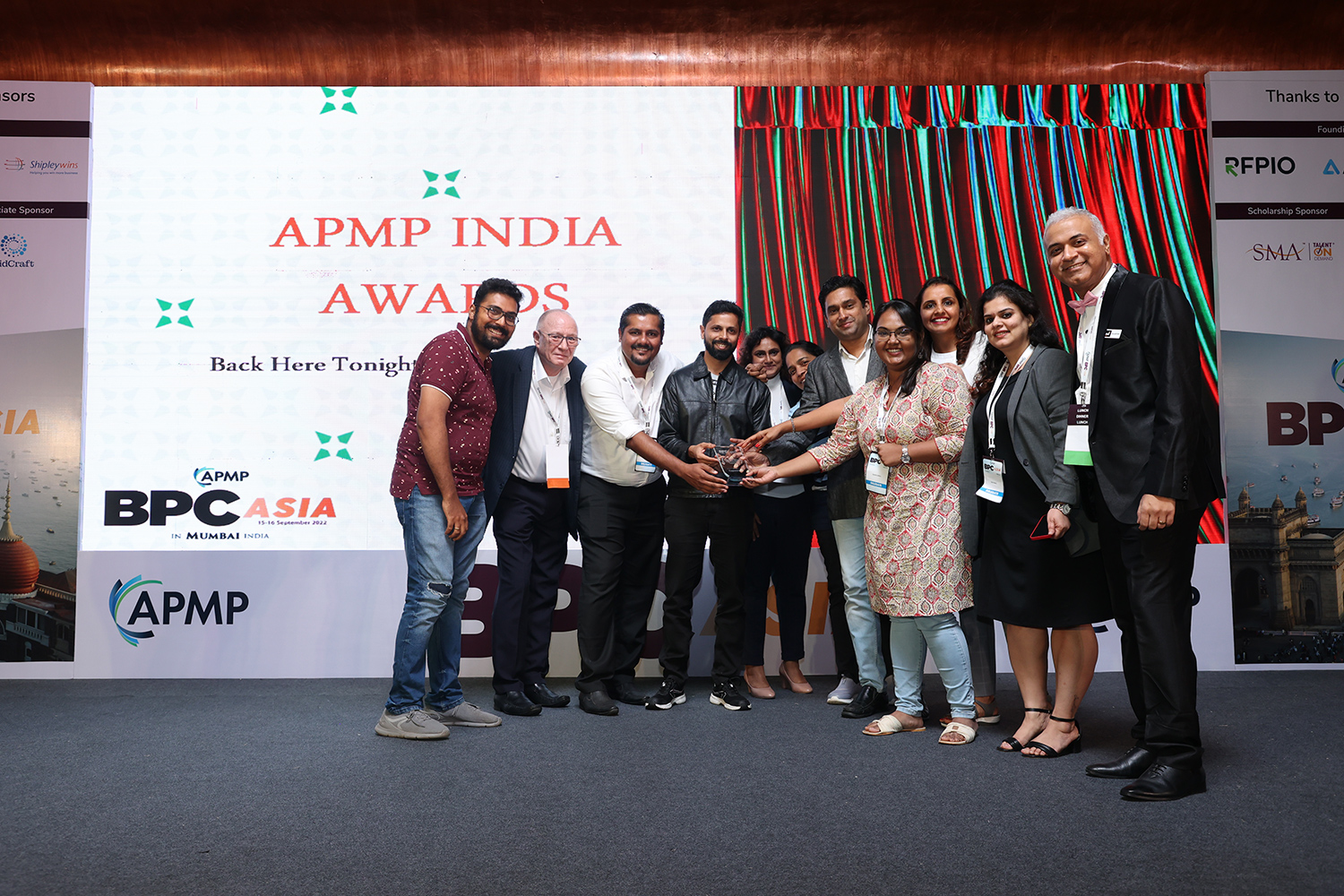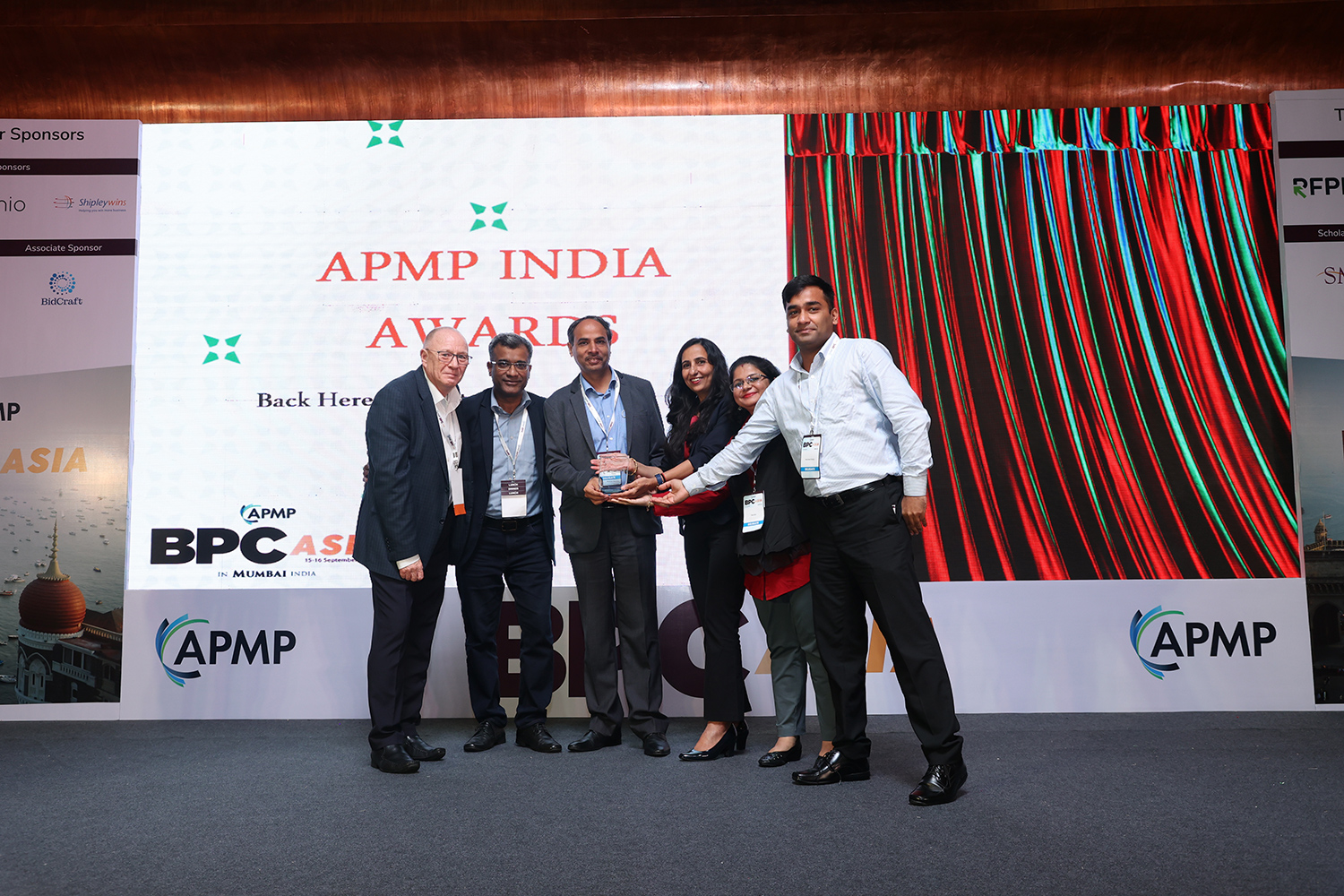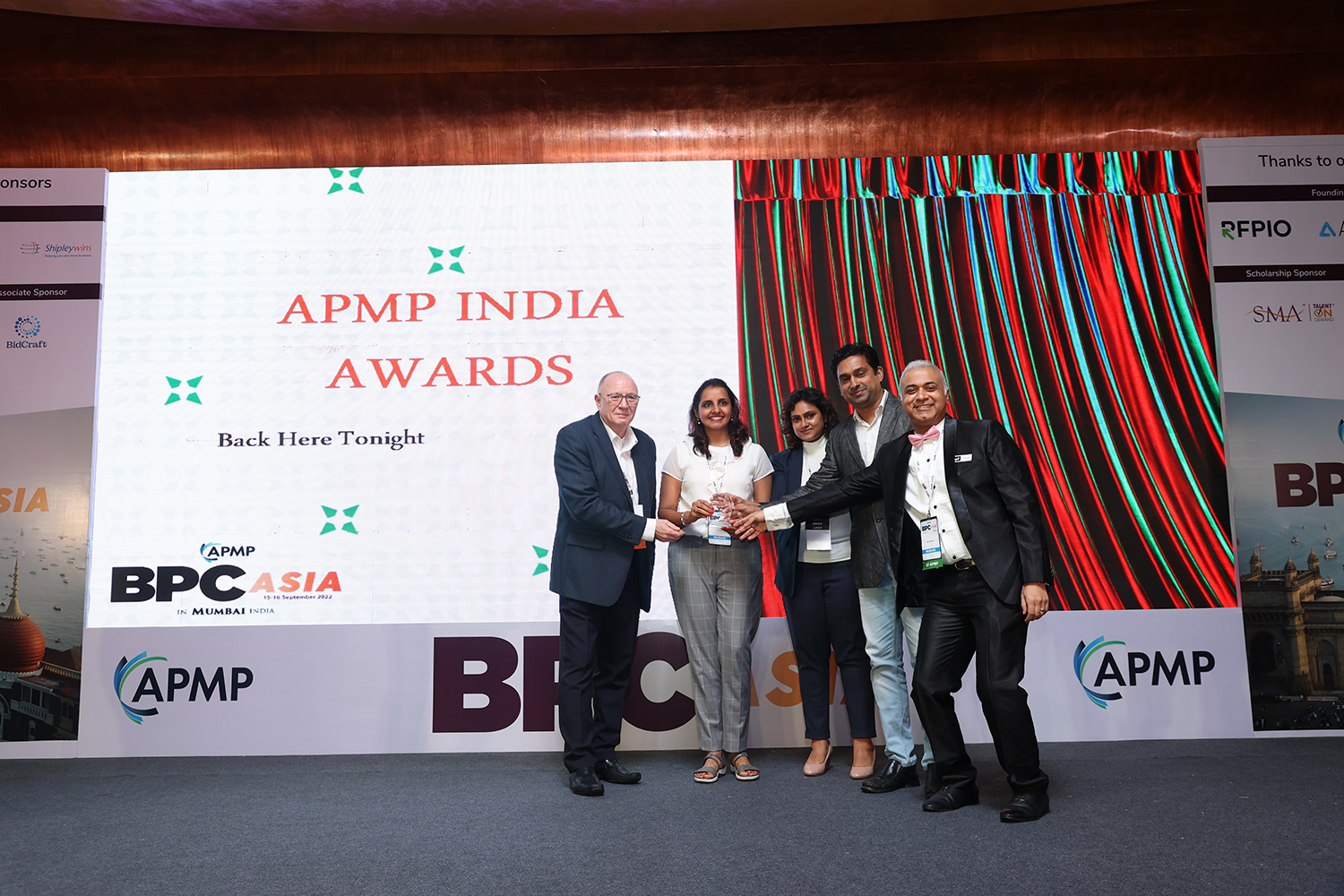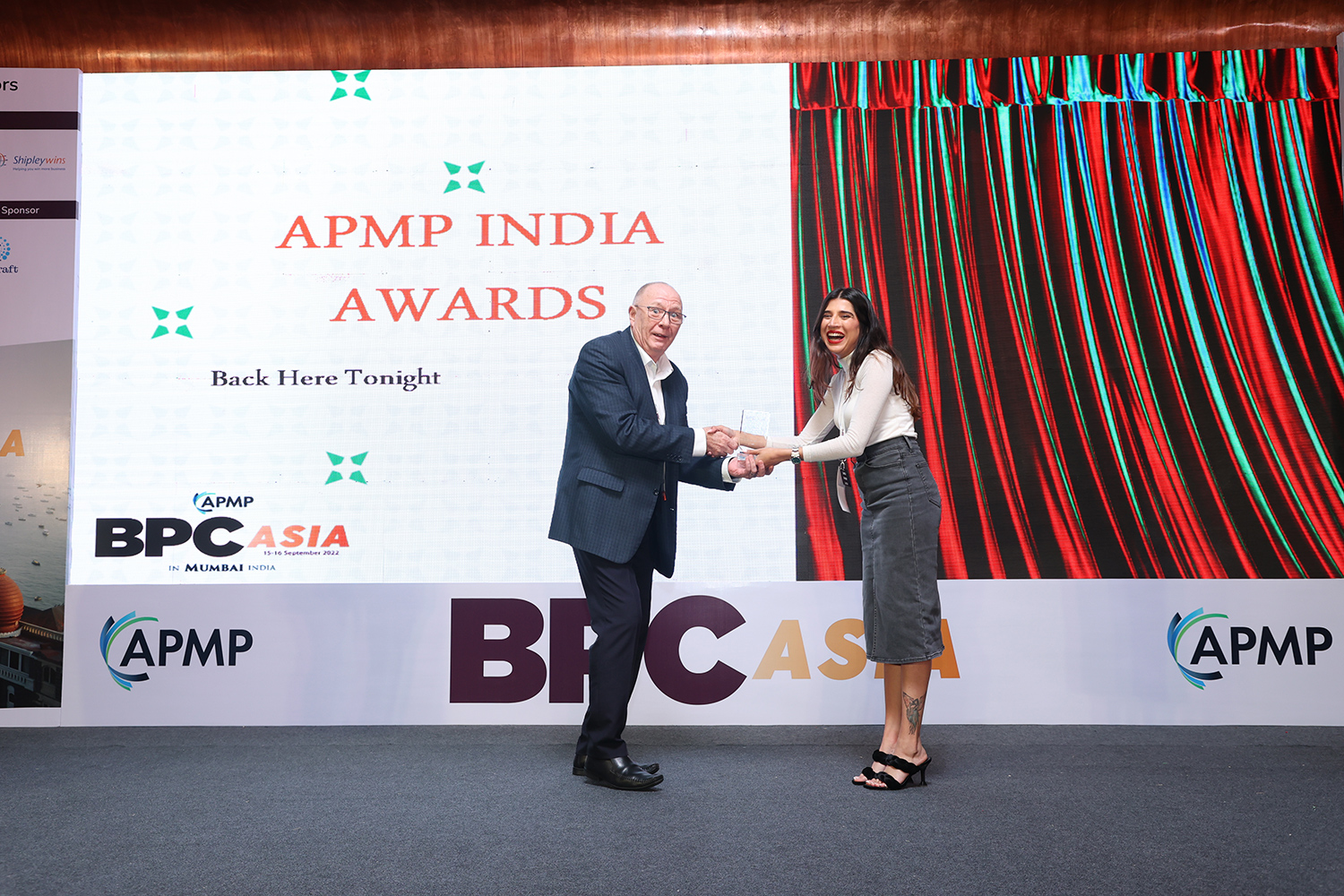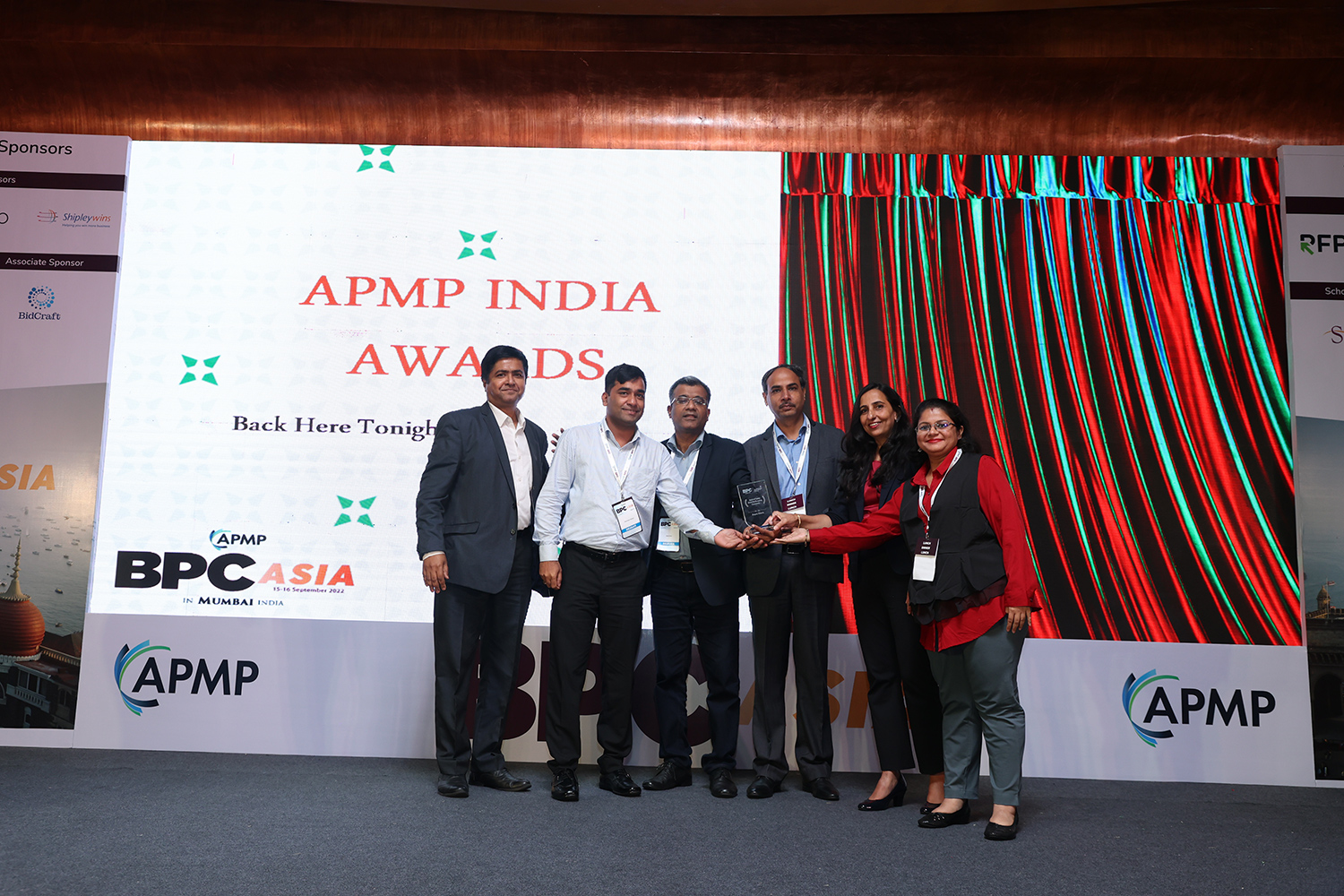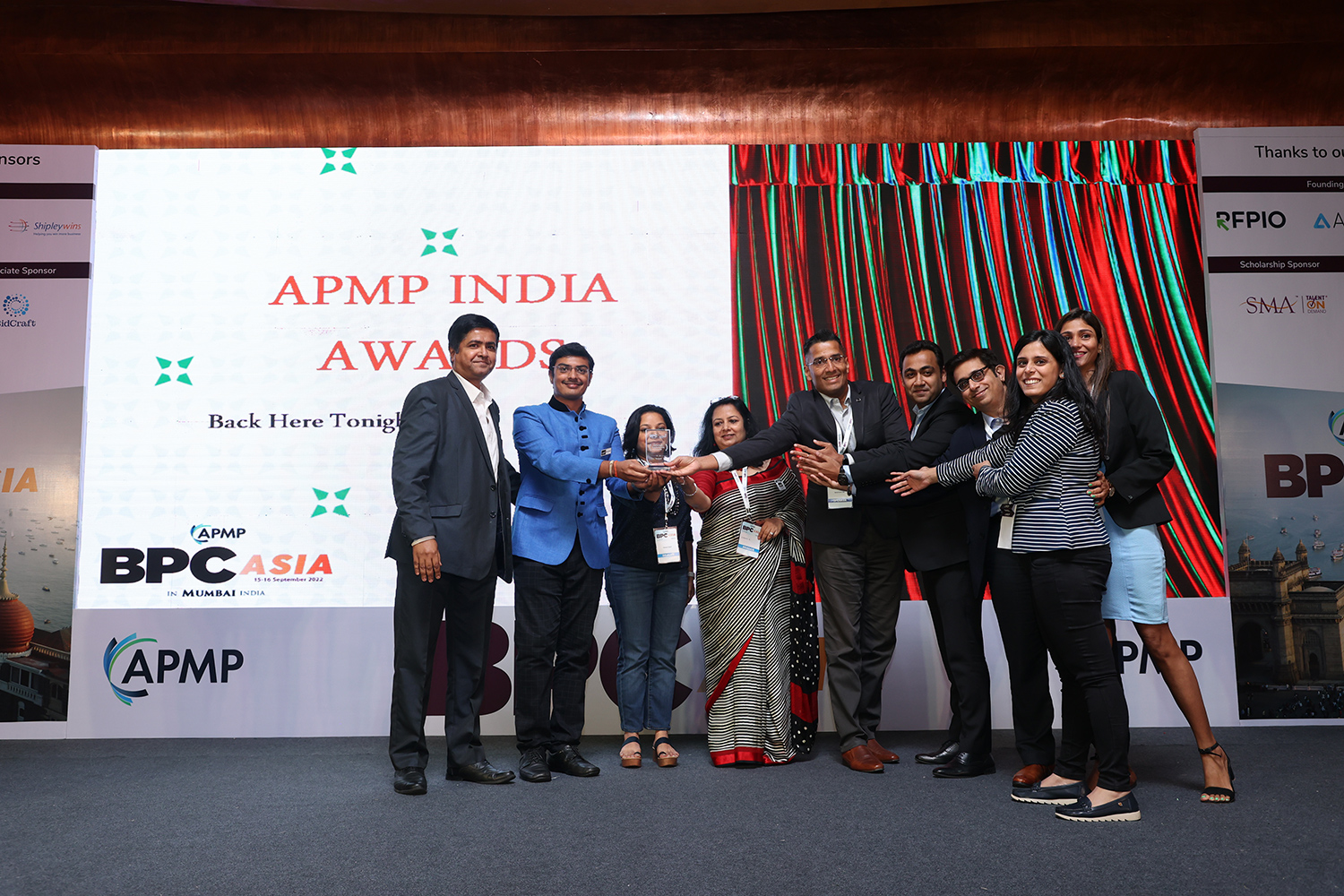The meticulous job of responding to RFPs tends to take away the human factor from the response. But isn’t it the people who rank the proposals and decide who should be awarded the contract? Add to this the recent COVID-19 crisis where the virtual world took over the in-person meetings drawing the last straw off the possible human interaction.
This blog provides some key points regarding human factor impact on evaluation that bid managers can improve the win rate for the responses.
It would not be wrong to say that responding to RFP is a science with ingredients of maths added. It requires a meticulous and coordinated effort from multiple stakeholders to ensure each detail requested is addressed as per the expectations set in the RFP.
We get so engrossed responding to the specific requirements of the RFPs that we miss to address the most important factor, the human factor. The write-ups in an RFPs are a reflection of the personality and expectations of each person involved in putting it together. Understanding their personas can have a huge impact on the win rate.
Our team identified this gap and started looking into the details that can help us understand the personalities of the decision-makers. We took multifaced approach to add the human element in our RFP responses:
- Closely working with the sales team and field sales to identify possible decision-makers. We took notes regarding their background, experience, organizational goals which they have to full-fill, and style of work.
- The research team was tasked to include details regarding their likes, interests,motivations, articles published, social media interactions, and the phrases they commonly use.
When we were just about to start this pilot, COVID-19 struck and most of the human interactions got replaced by virtual meetings. Virtual world has it owns pros, we lost the in-person meetings which made a negative impact on the project. Now the onus was on research team to provide information with the limited resources. The biggest challenge was to find the possible set of decision-makers. We took a creative approach to address this unprecedented situation. Some highlights include:
- Finding similar past RFPs and the stake holders involved
- Putting together a list of customer representatives at pre-bid conferences. There was a good chance that many of the attendees would be involved in decision making.
- Checking on possible current stake holders in the customer organization who will be affected by the RFP.
- Using tools like Crystal to analyze the personality of decision makers and possible response options/phrases to use.
As a part of the process, we built a matrix for key details that our internal research team would present to our bid response team.
Though we are still in the pilot stage for this change, the results have been promising with our win rate increased by over 45% in last quarter. Needless to say, responding to an RFP is a science with ingredients of maths and the topping of human psychology, that makes huge difference in win rate.
About Author
Gopal Mishra
EVP Strategy& Sales
V3iT Consulting, Inc.
Gopal brings a vast experience in working with various public sector agencies and Fortune500 companies in the United States. In his current role, he is responsible for leading the bidding team that addresses RFPs by States, Counties, Agencies, Higher-Ed and MSME sector. He works with the leaders across business lines and business units to ensure that quick business value is generated by means of process improvement, business alignment and use of cutting-edge technologyto help organizations achieve their short-term and long-term business goals.









